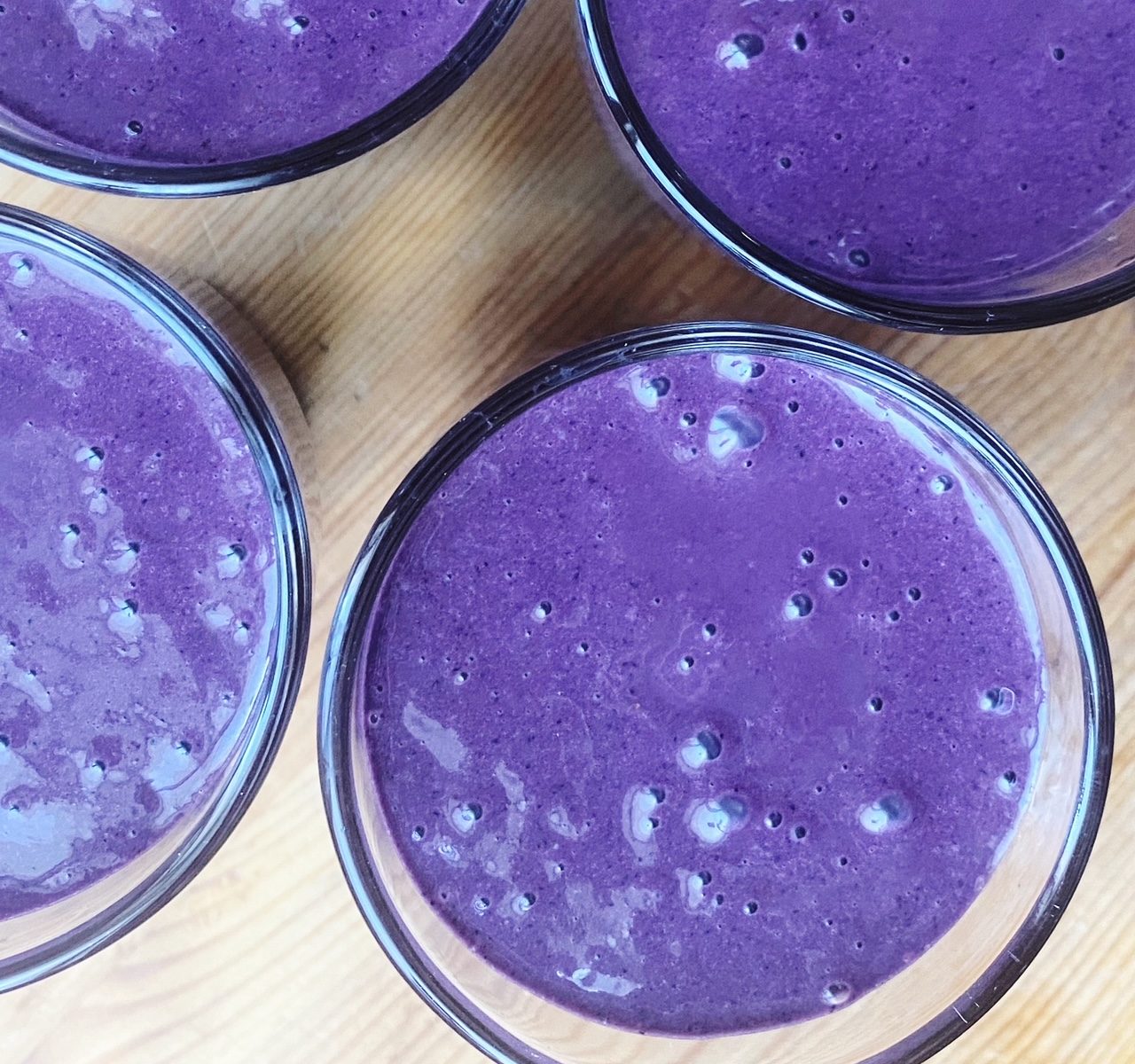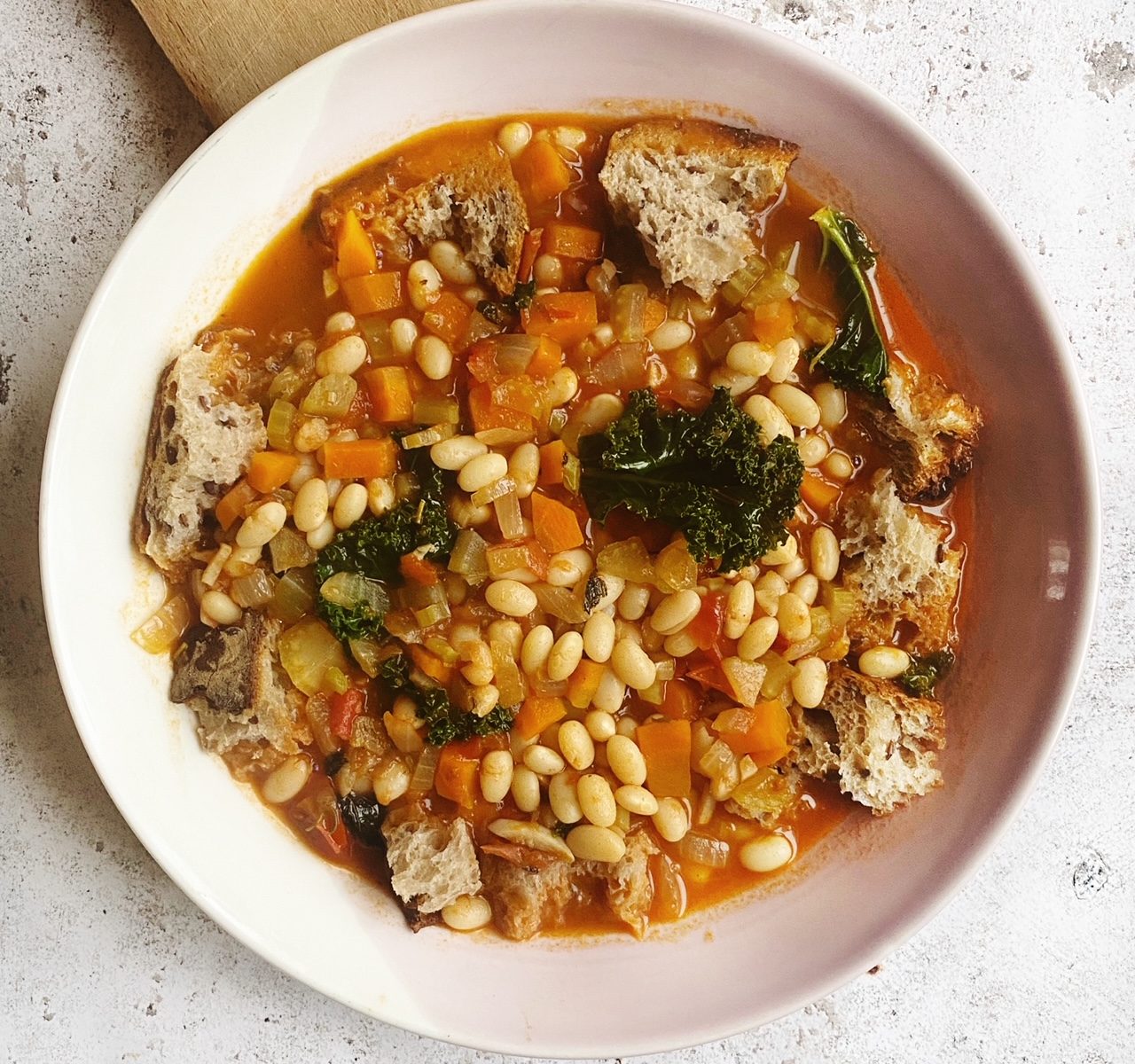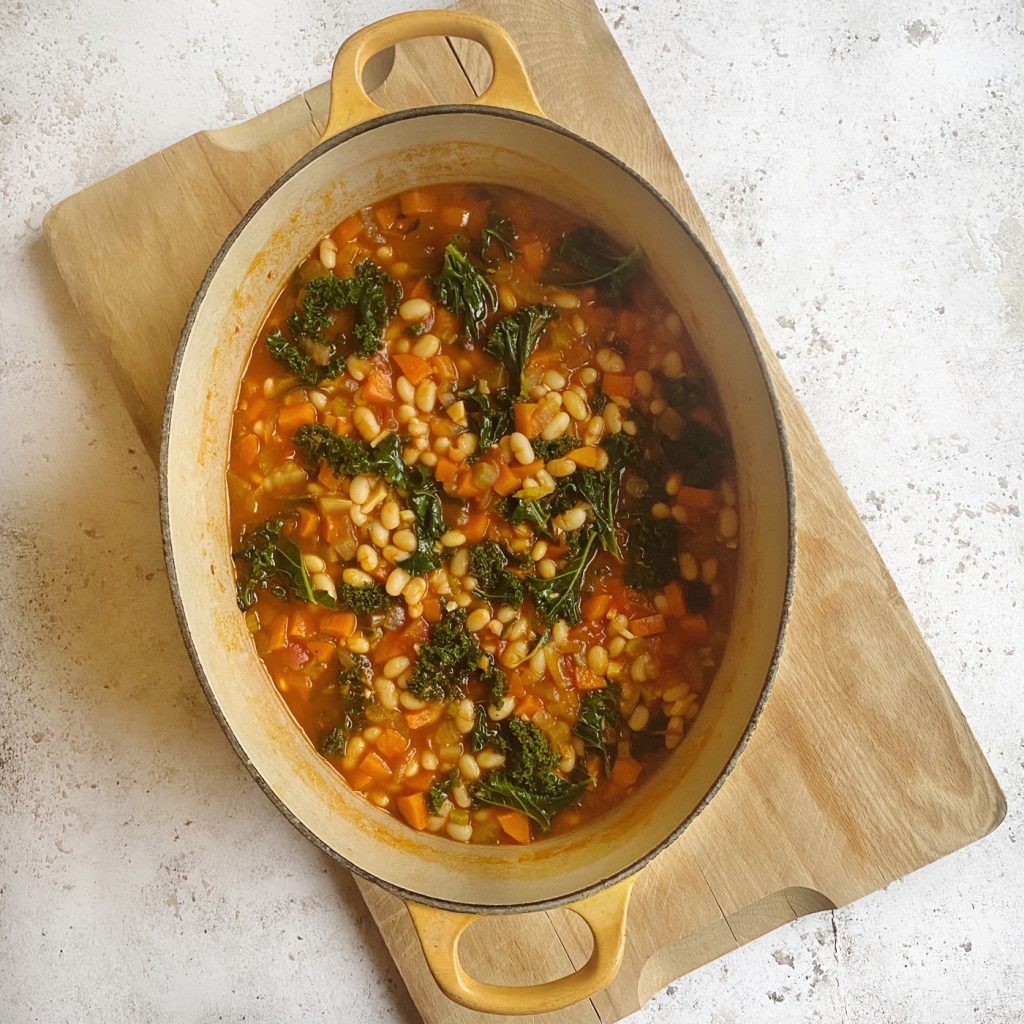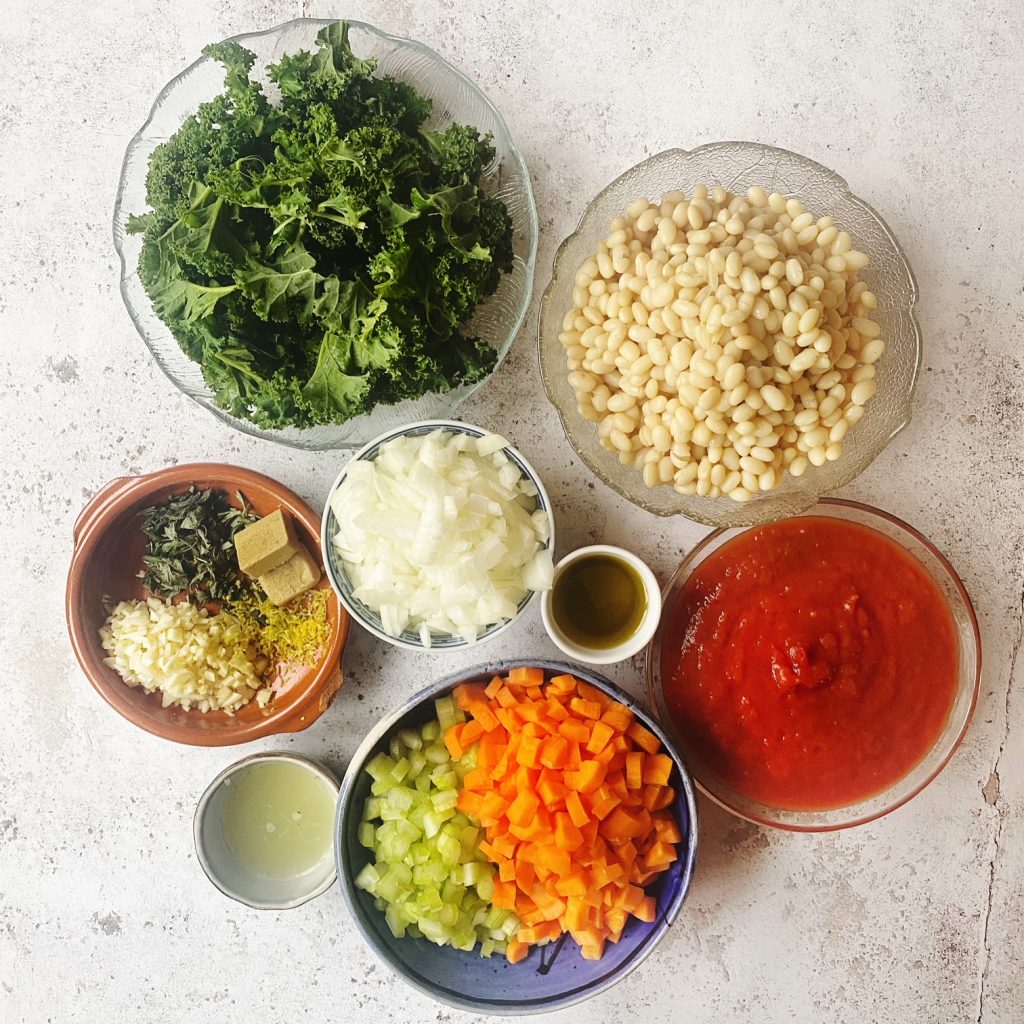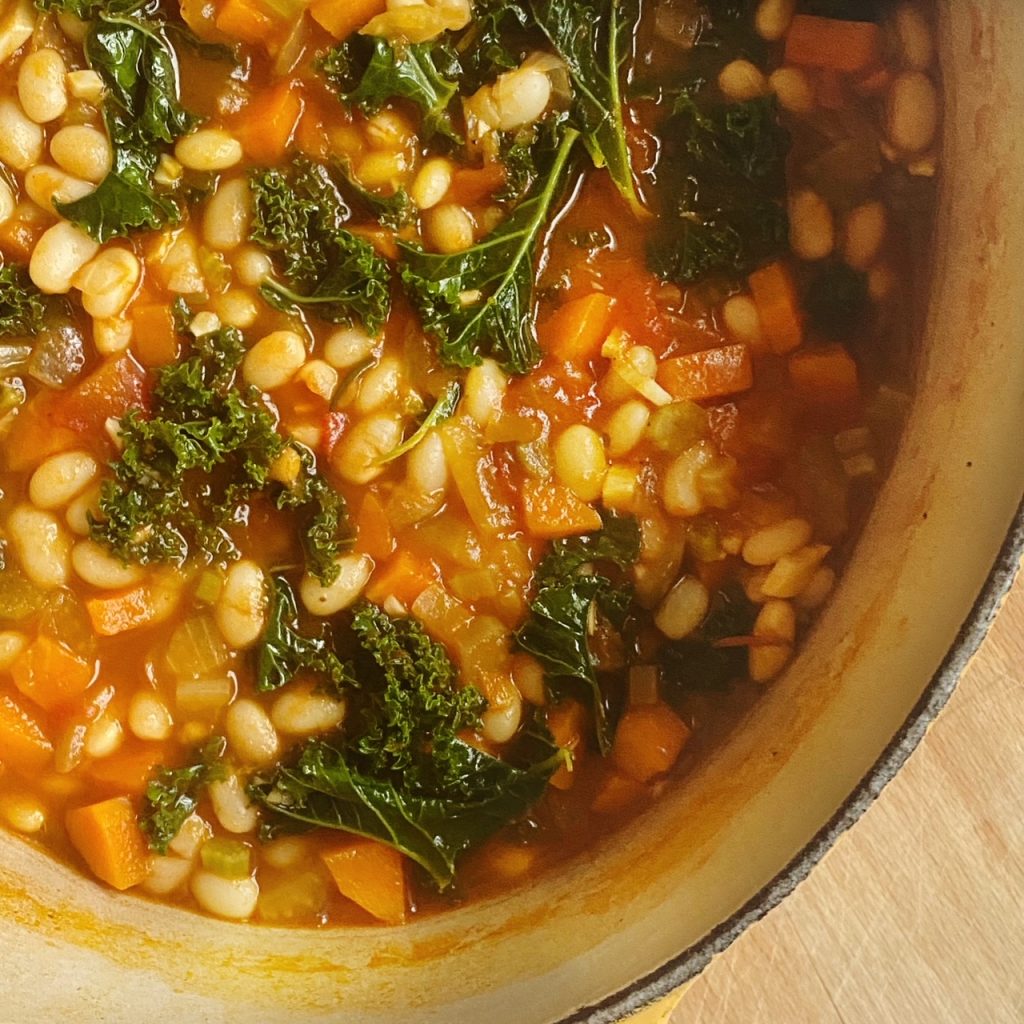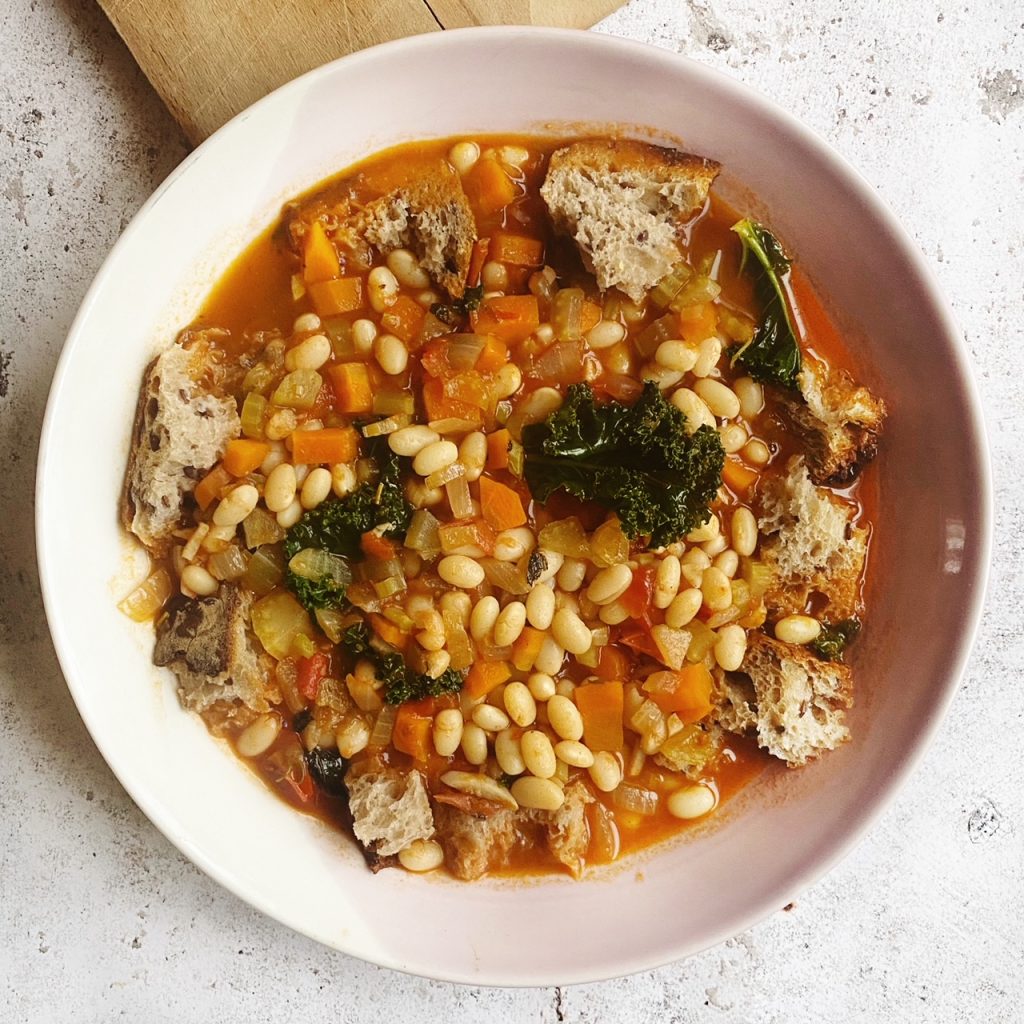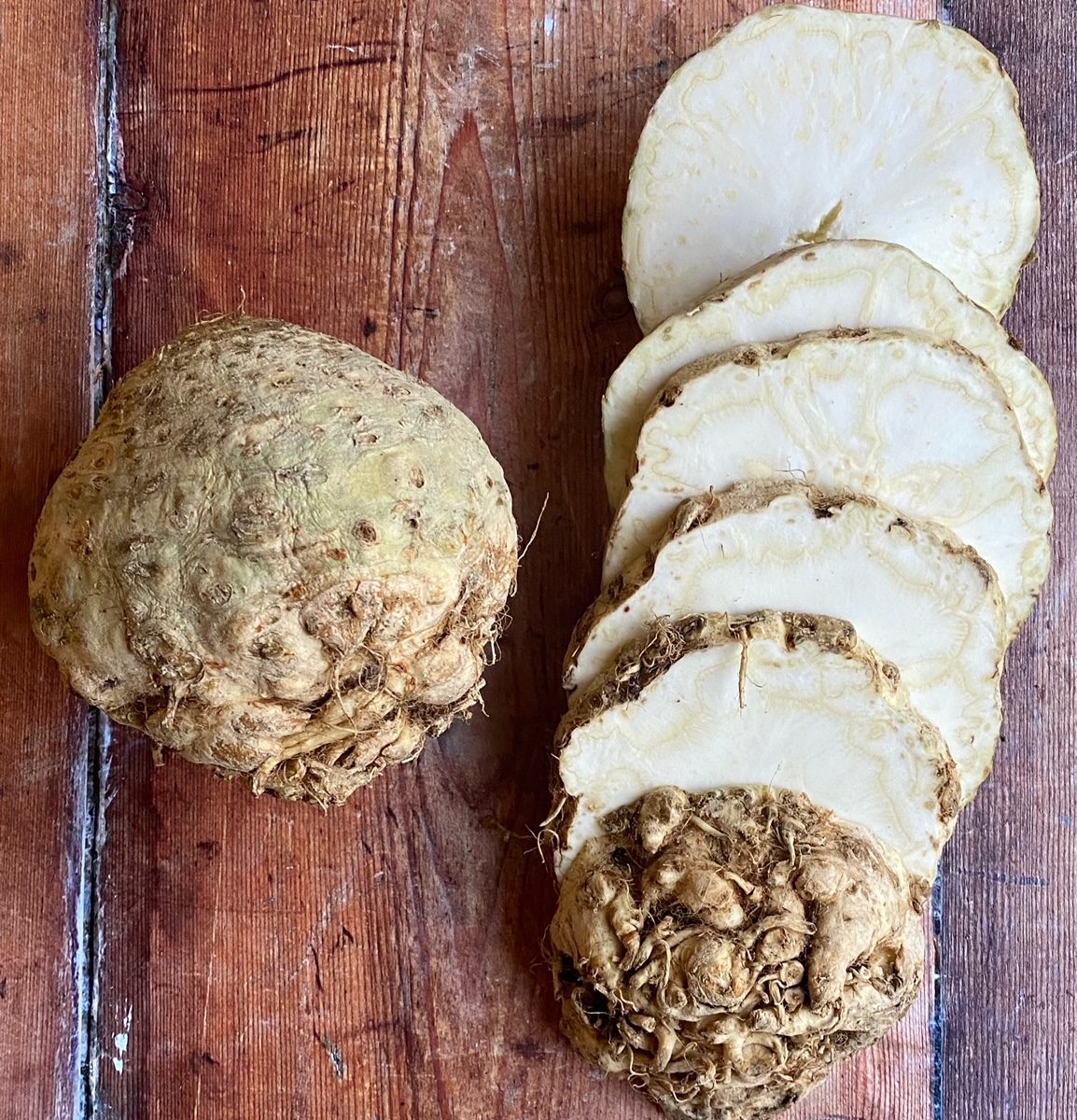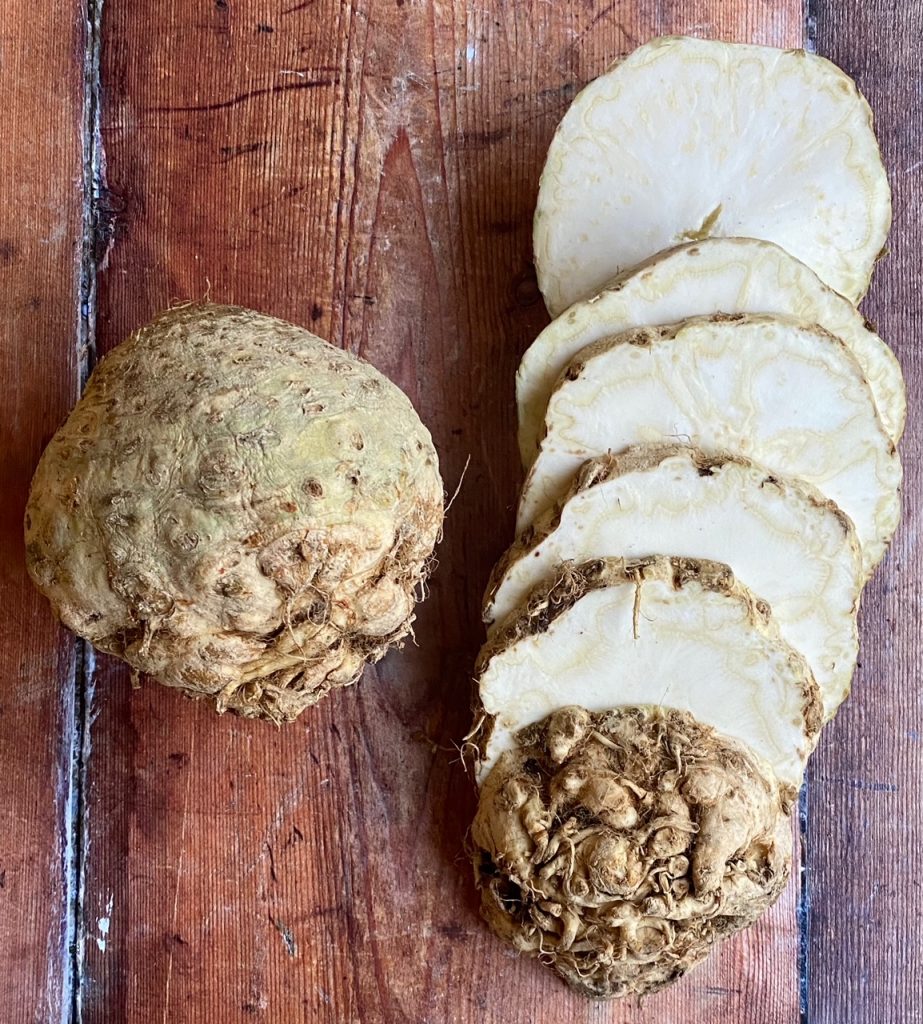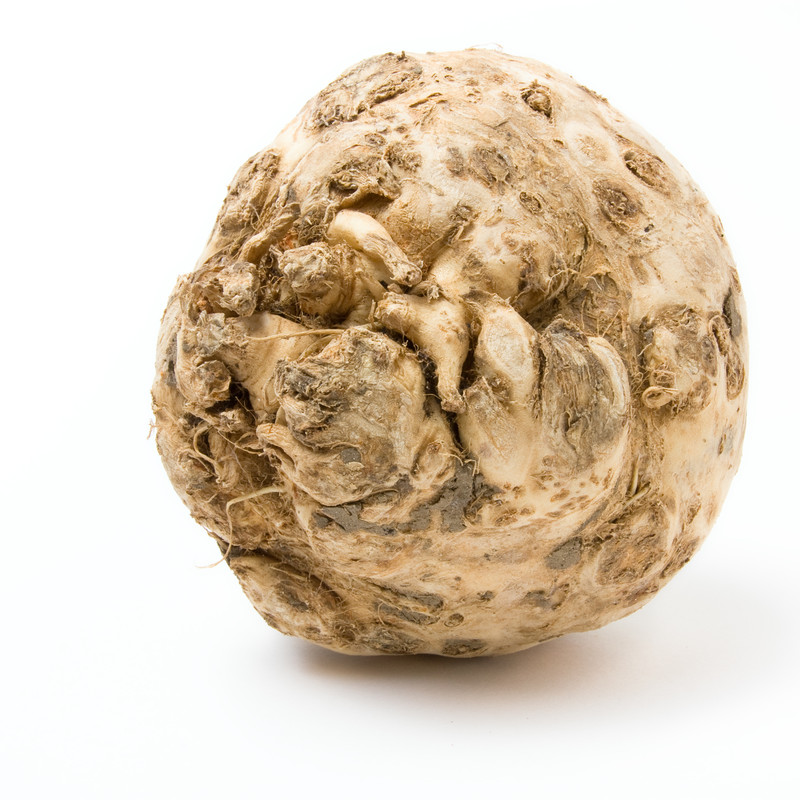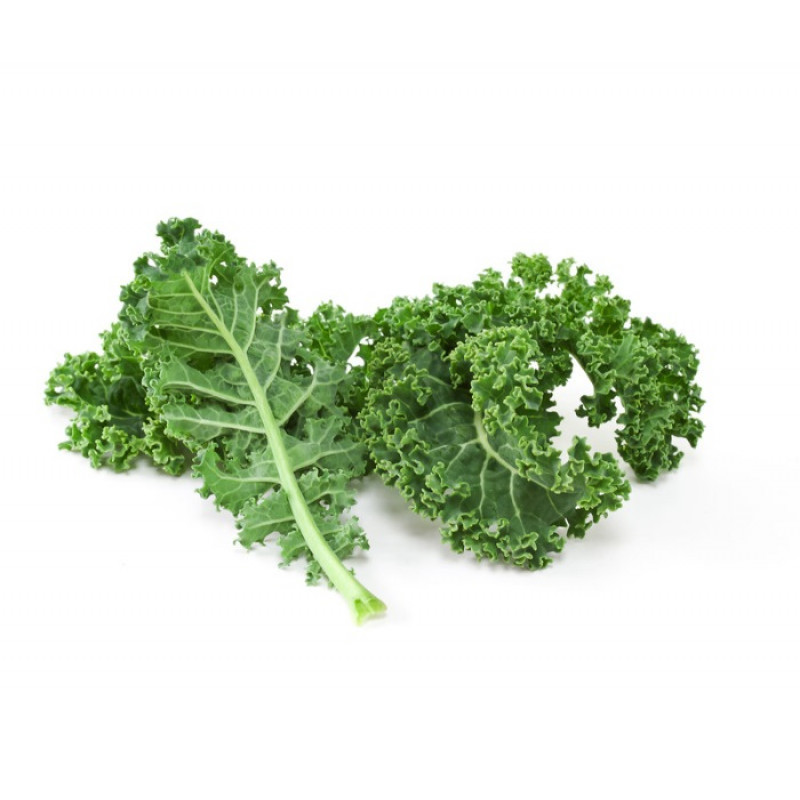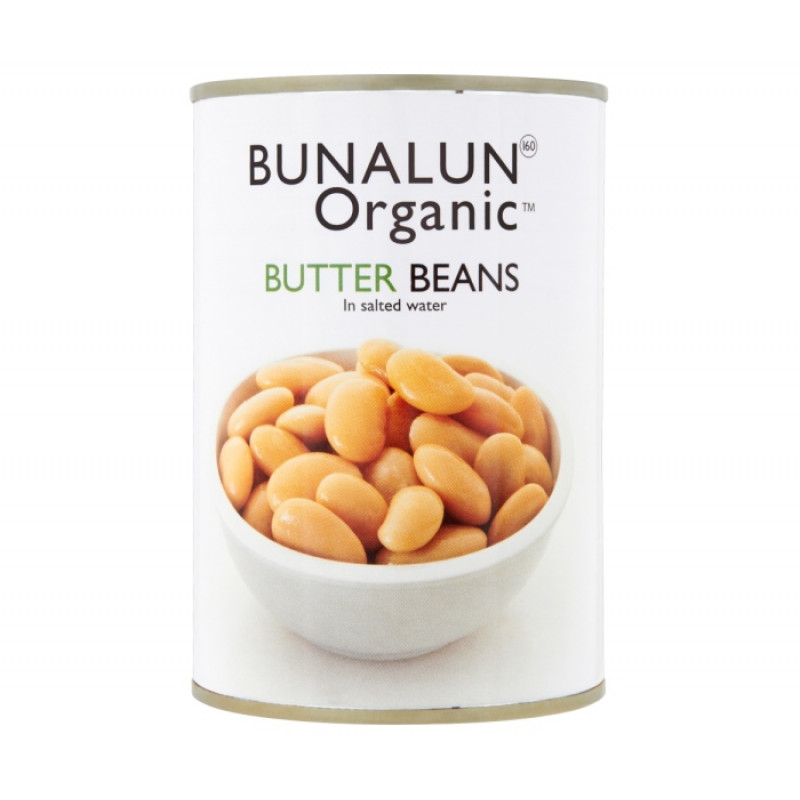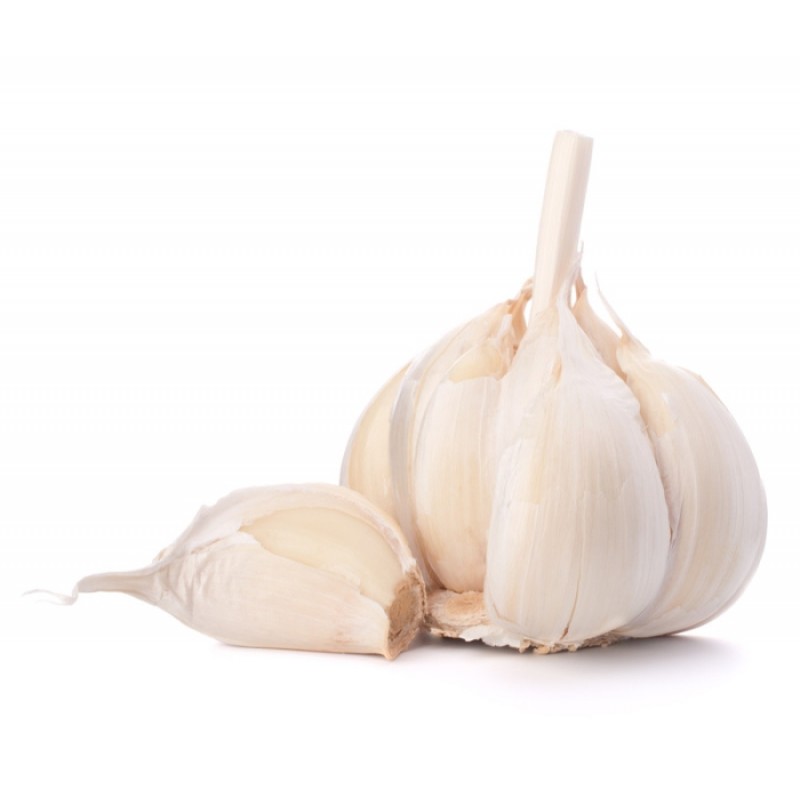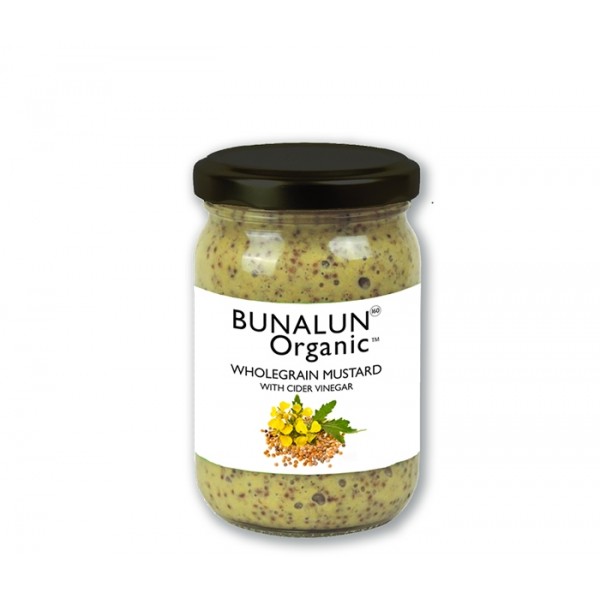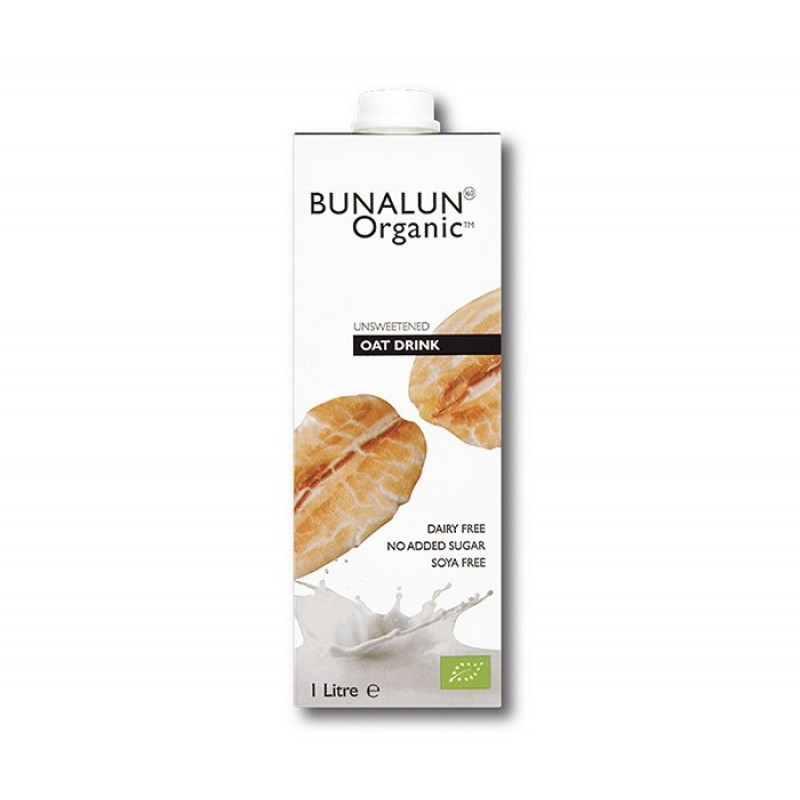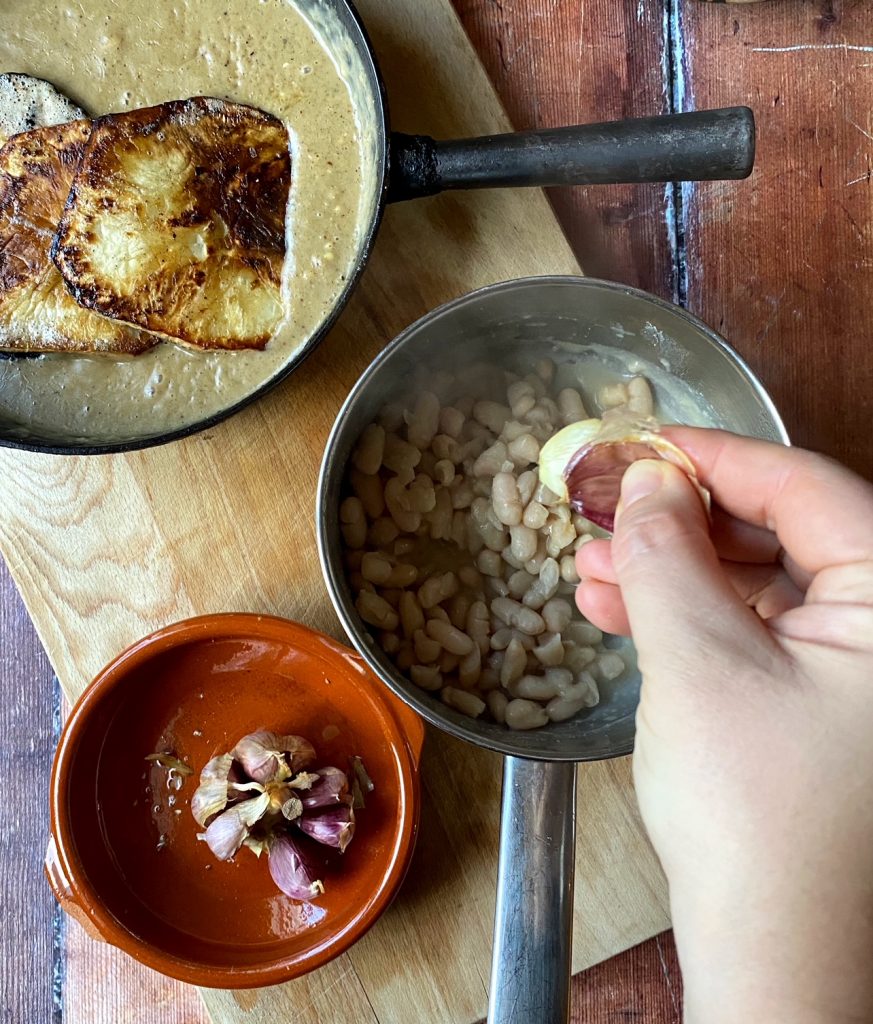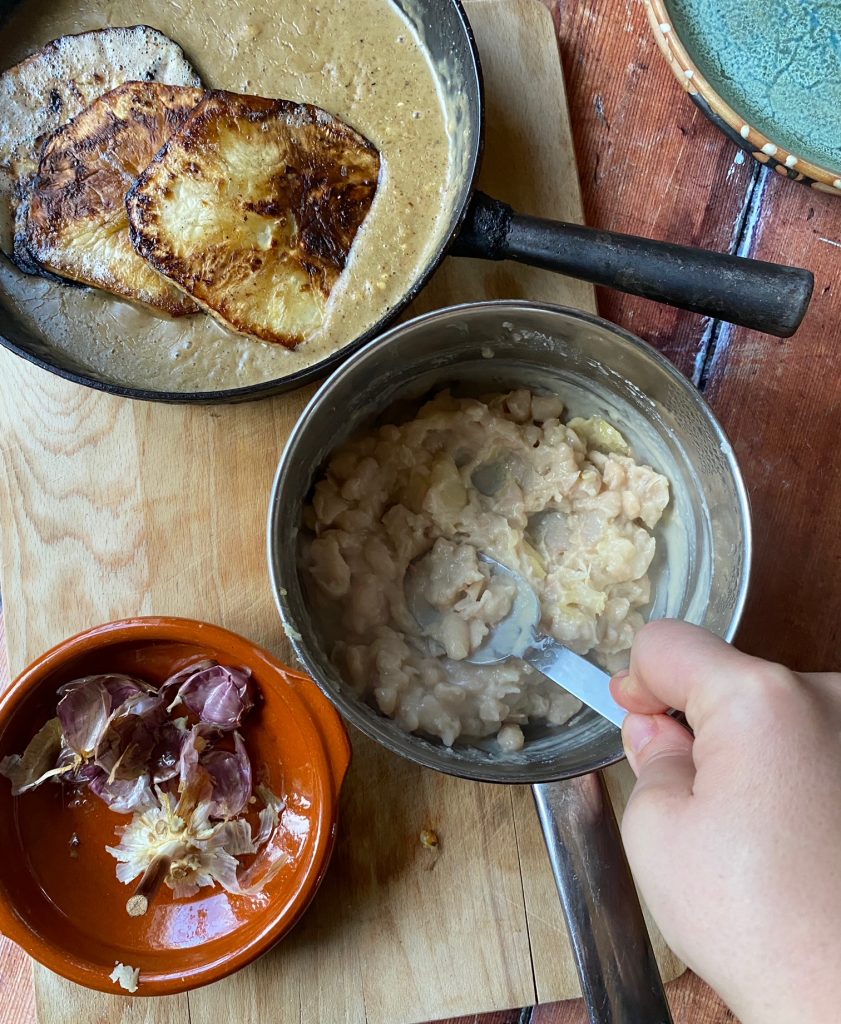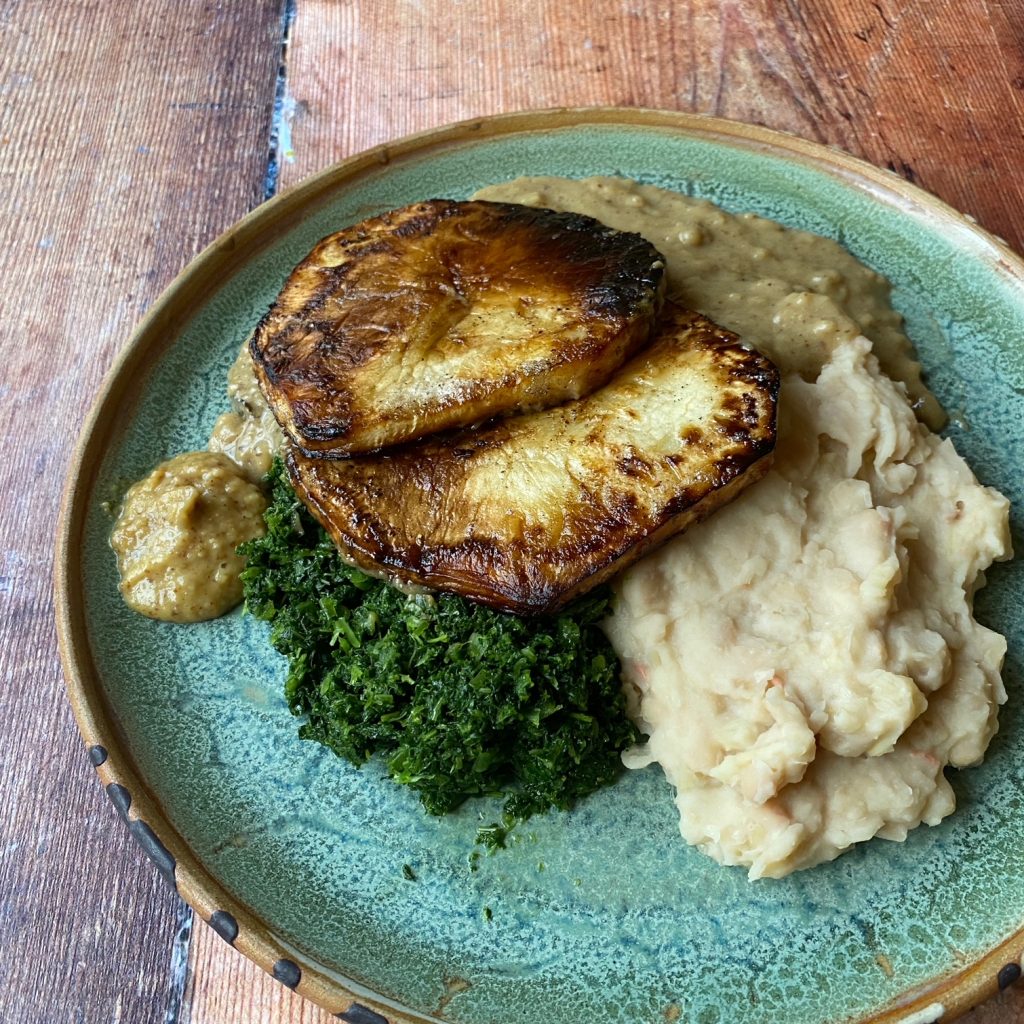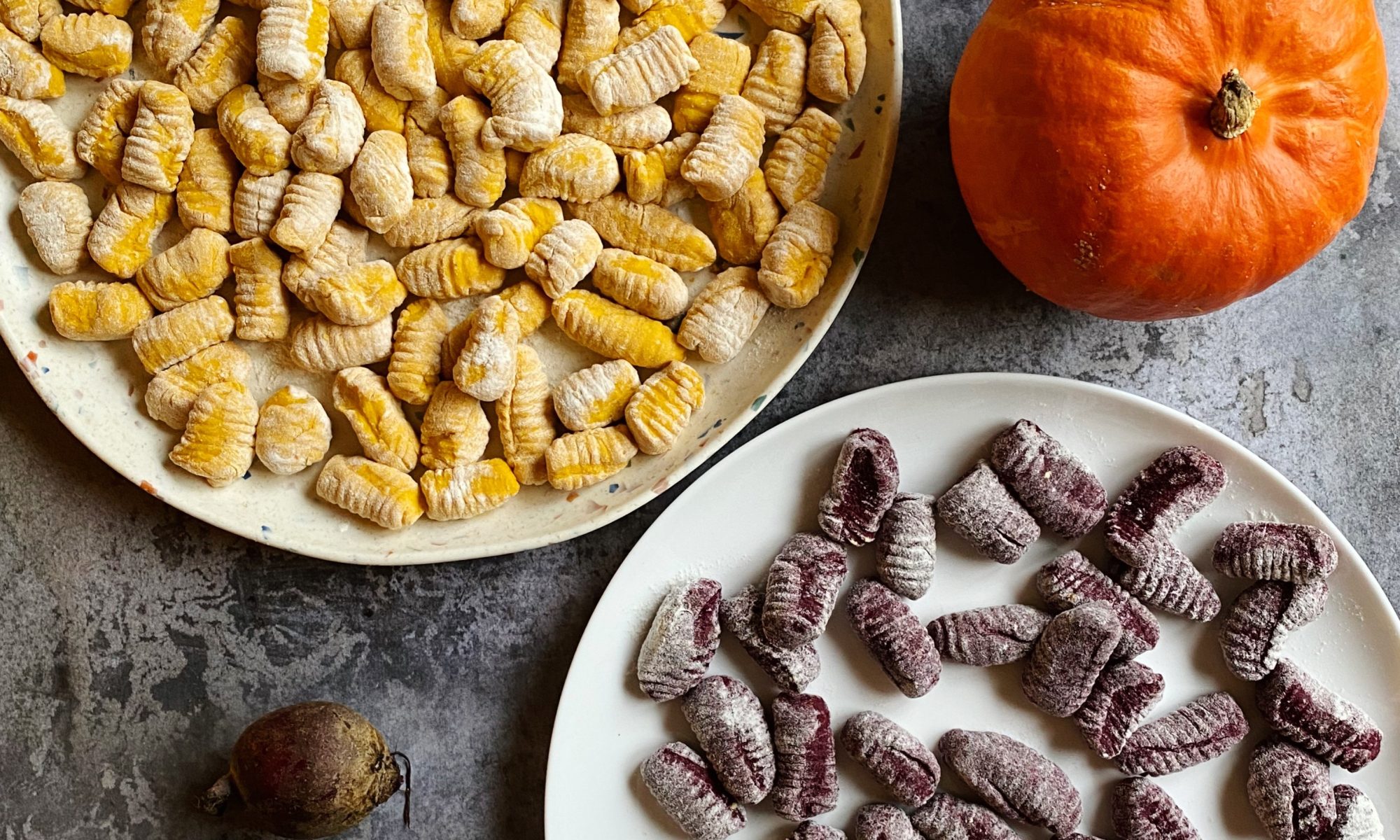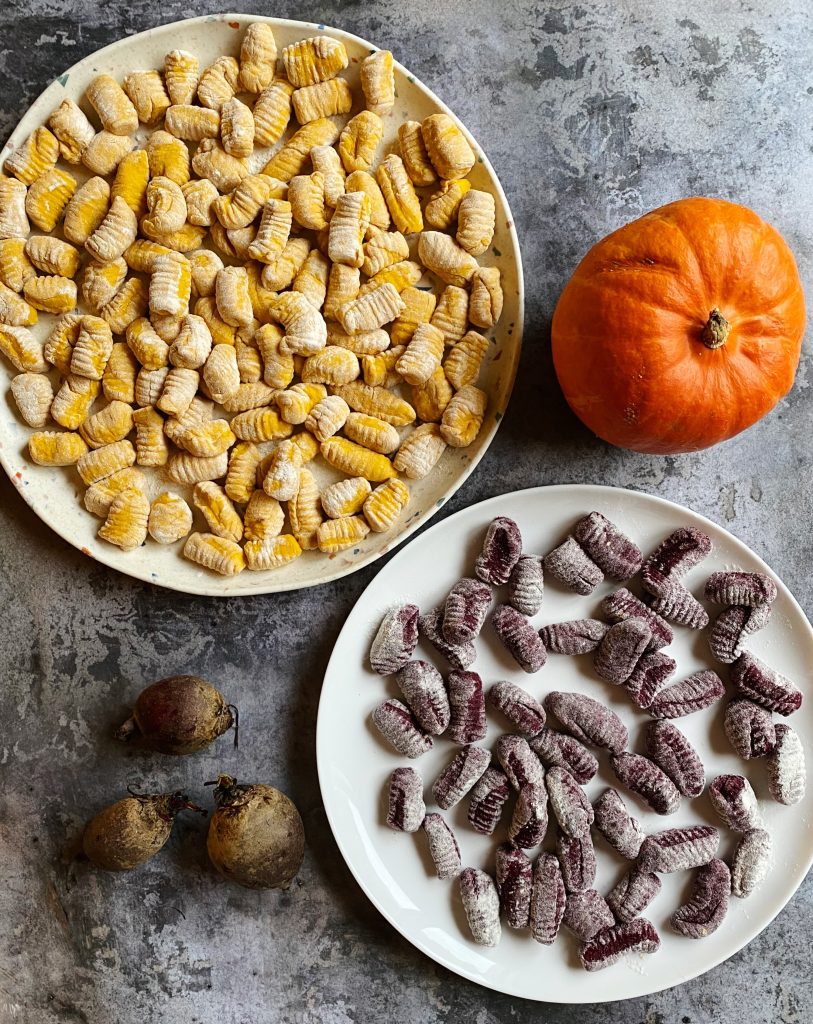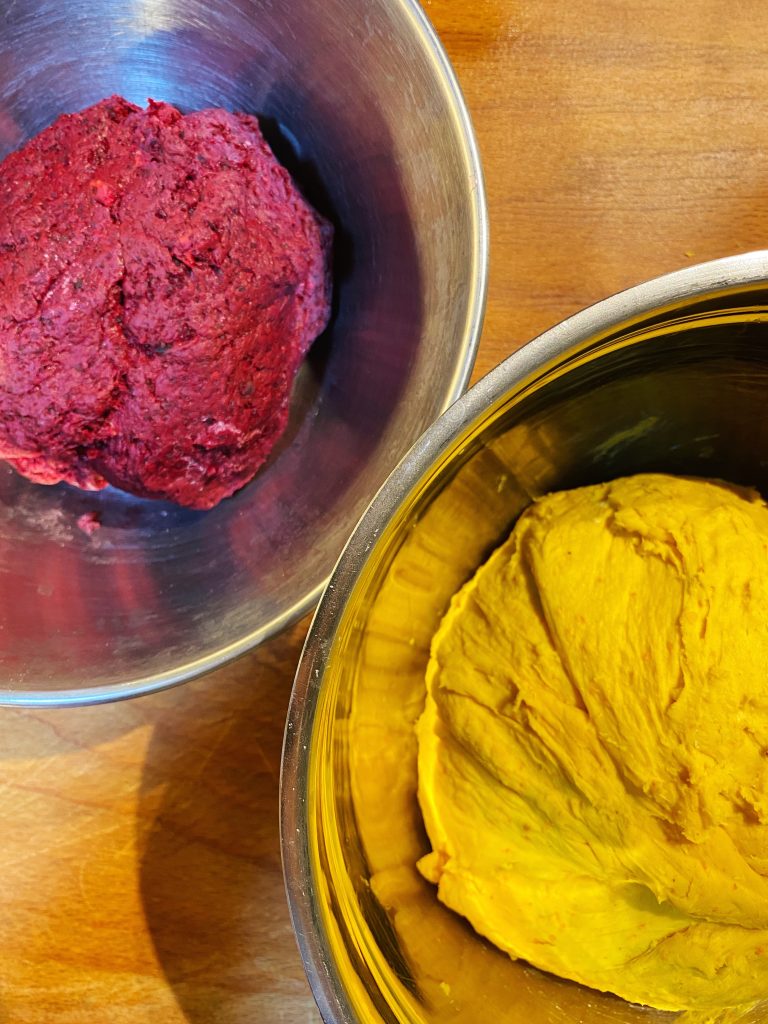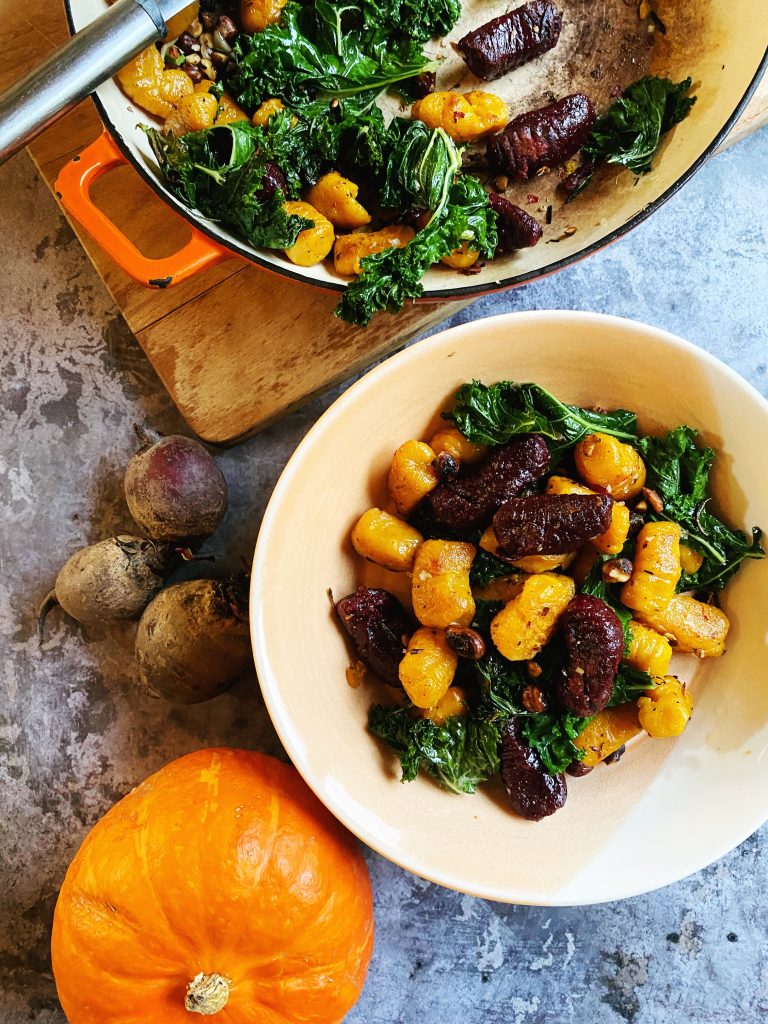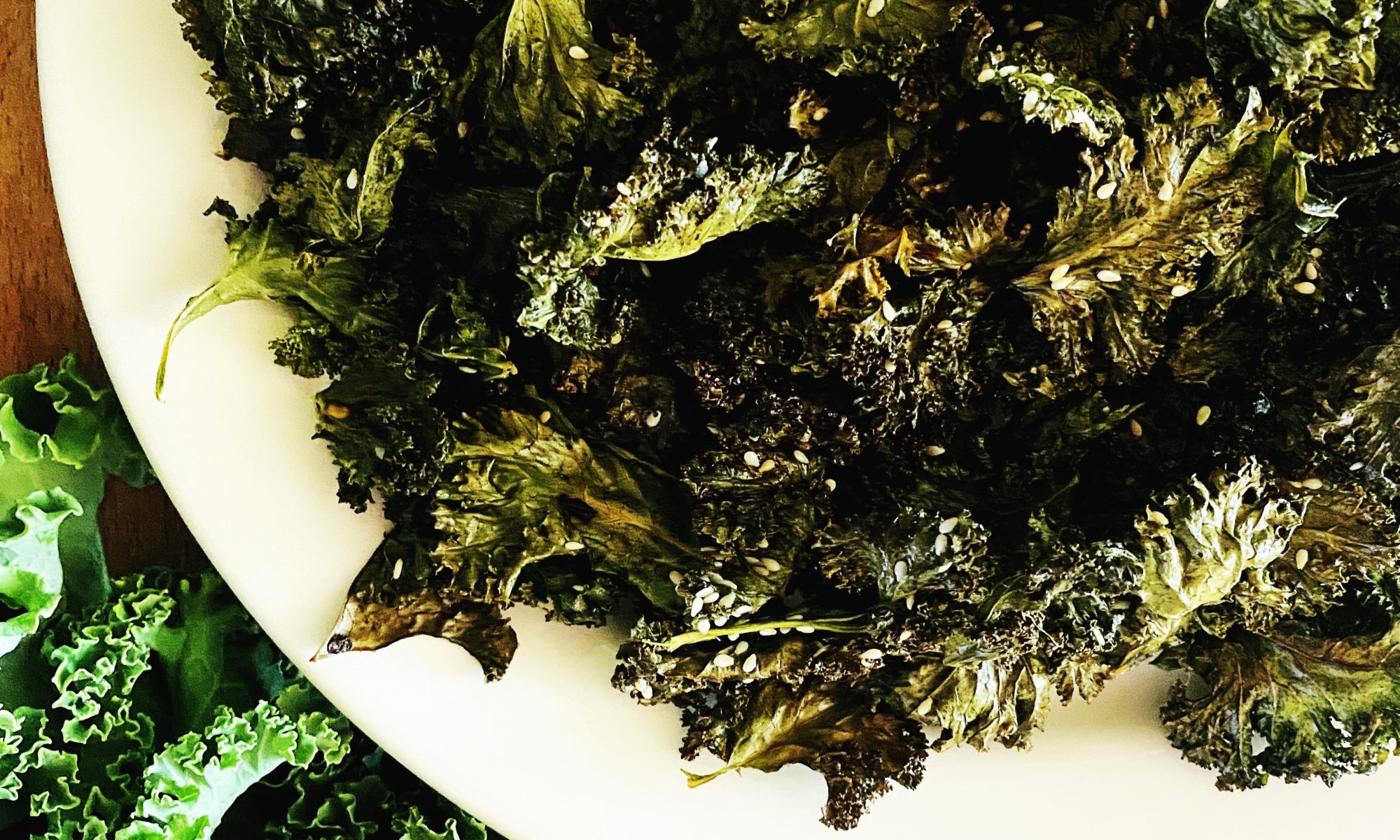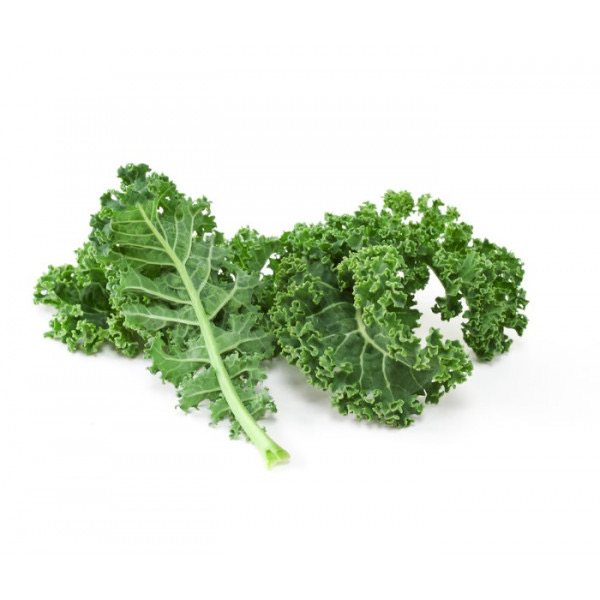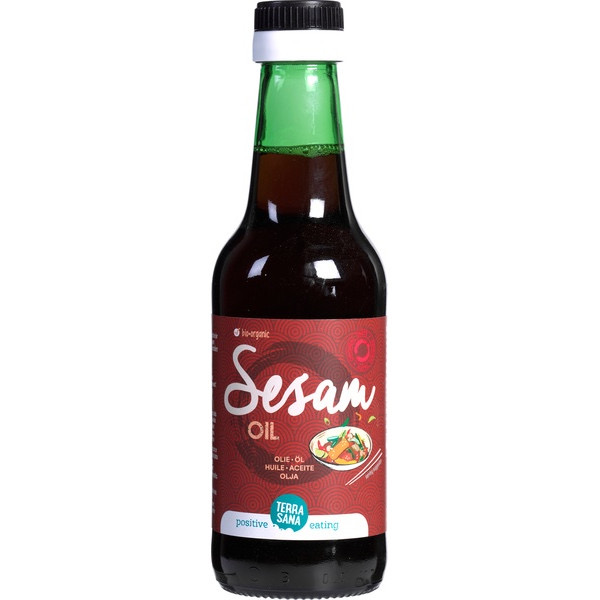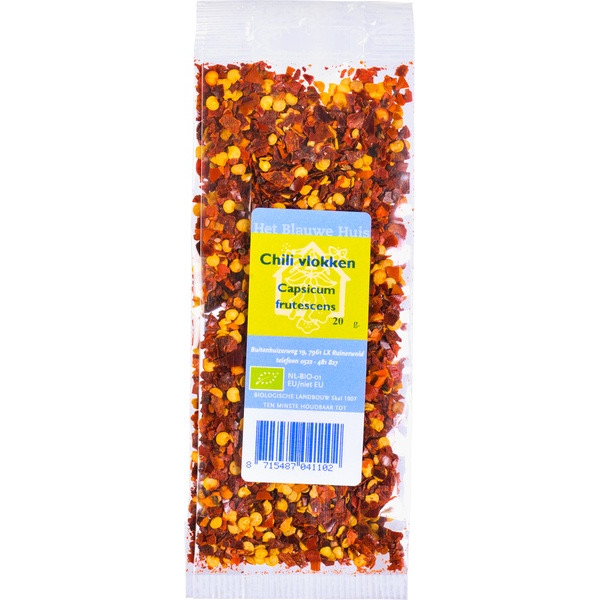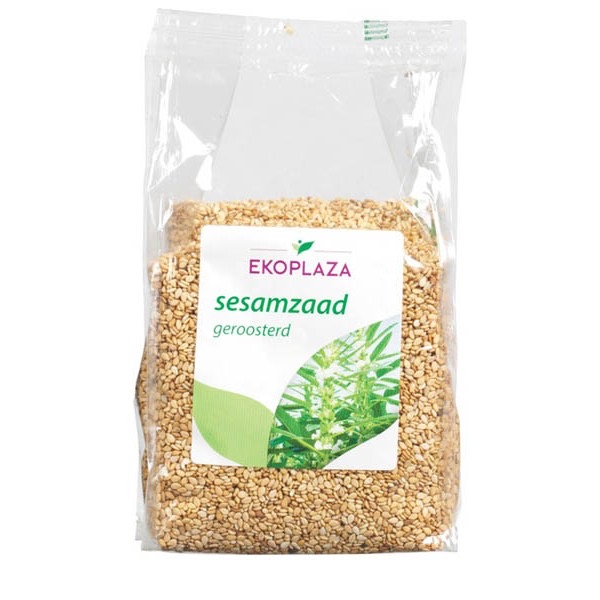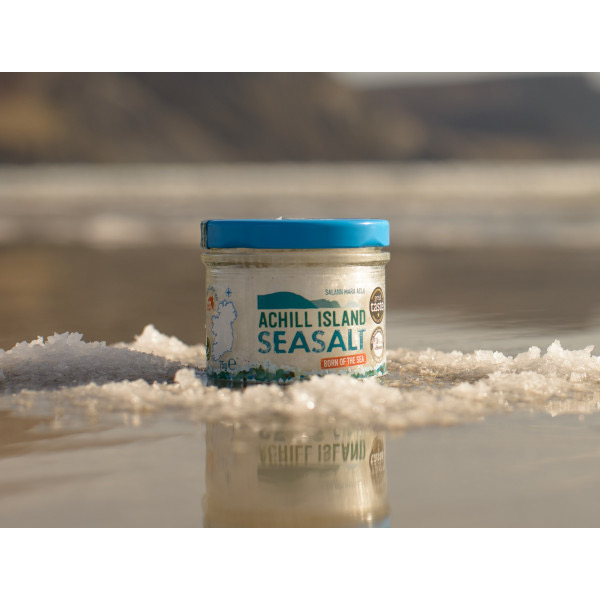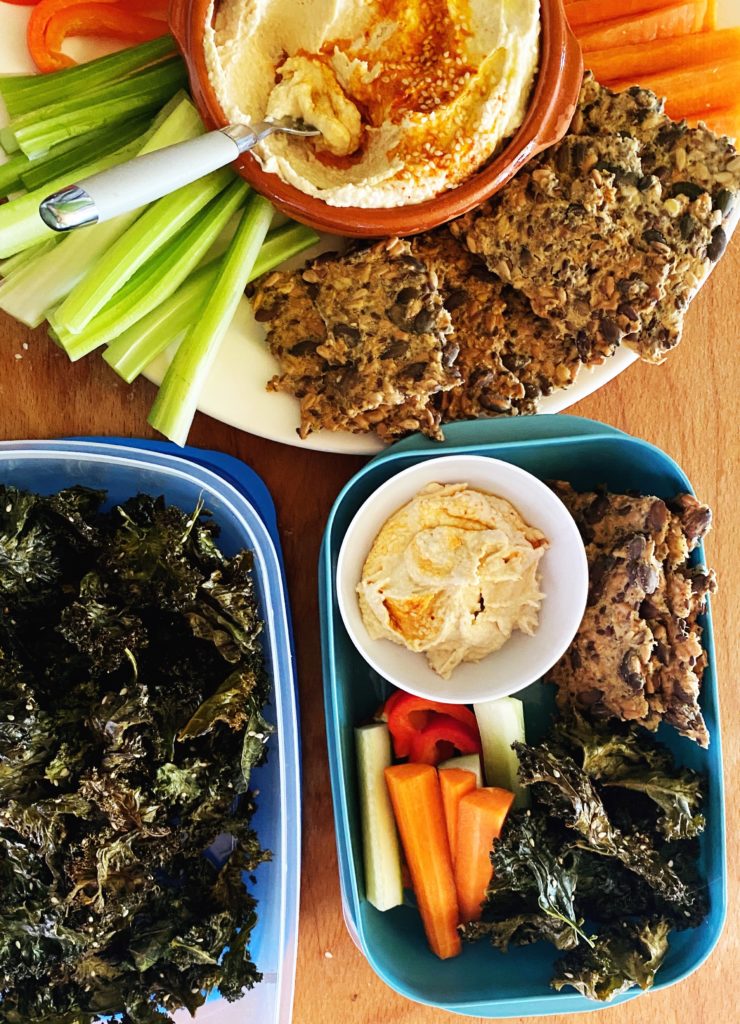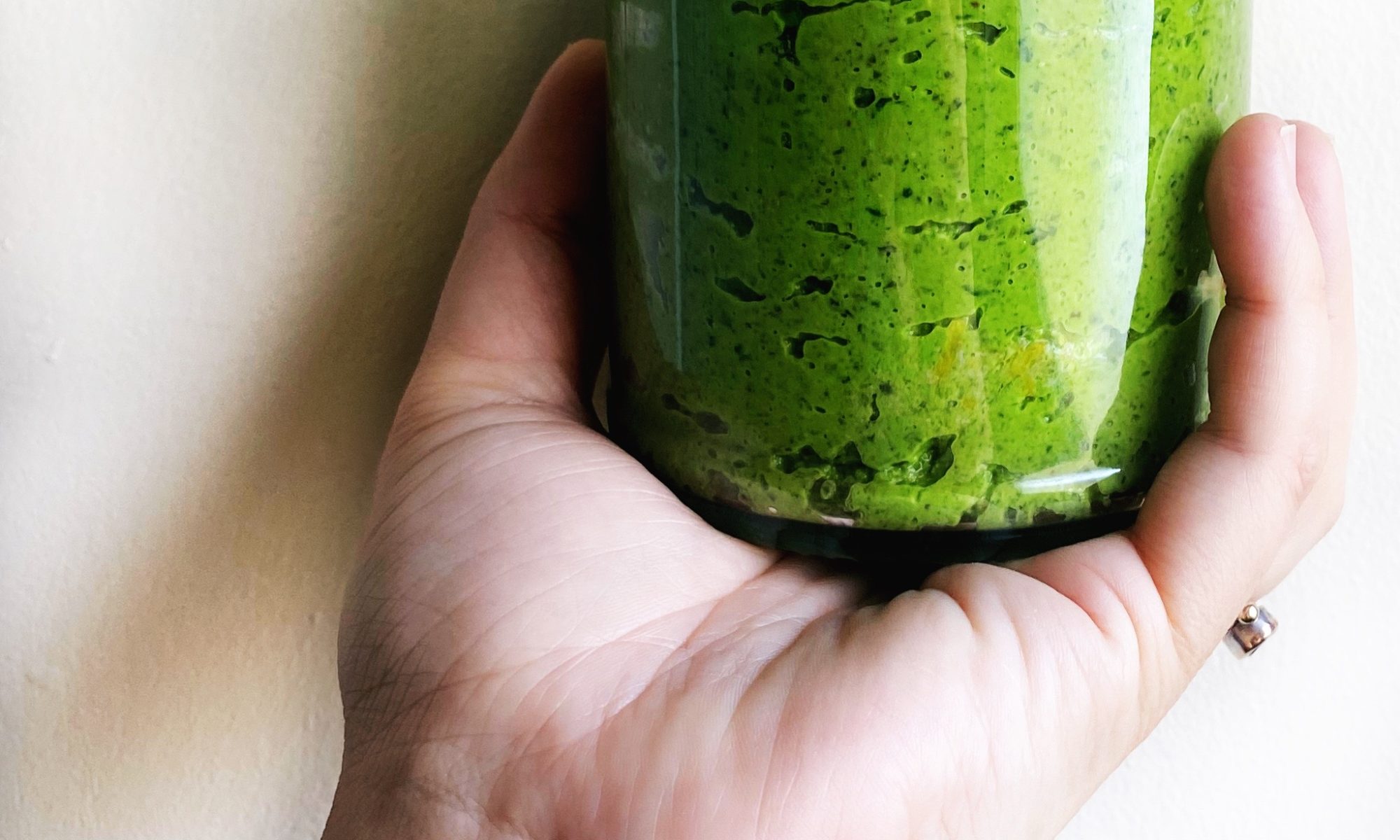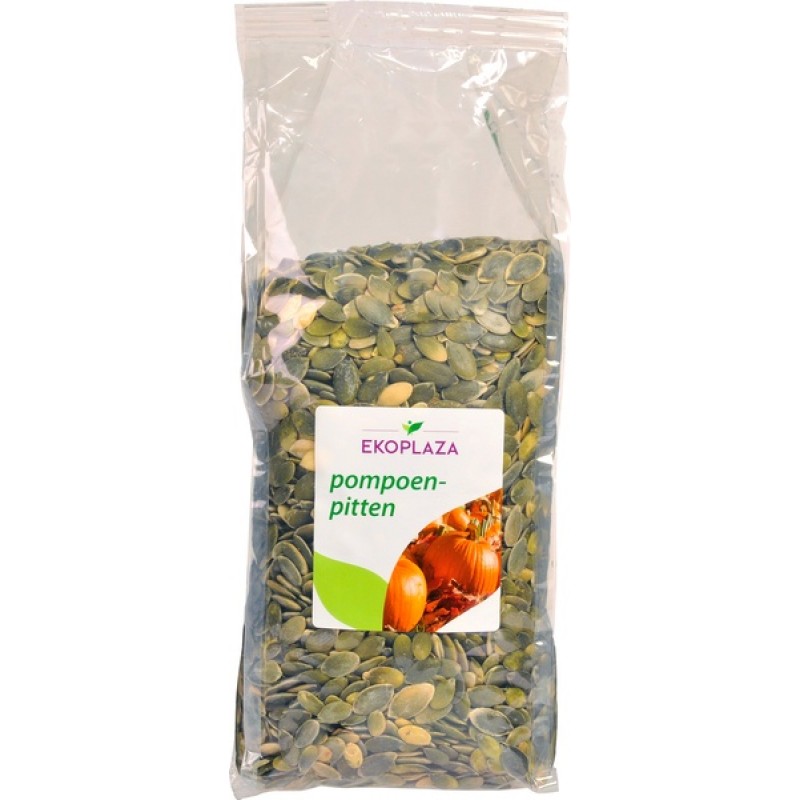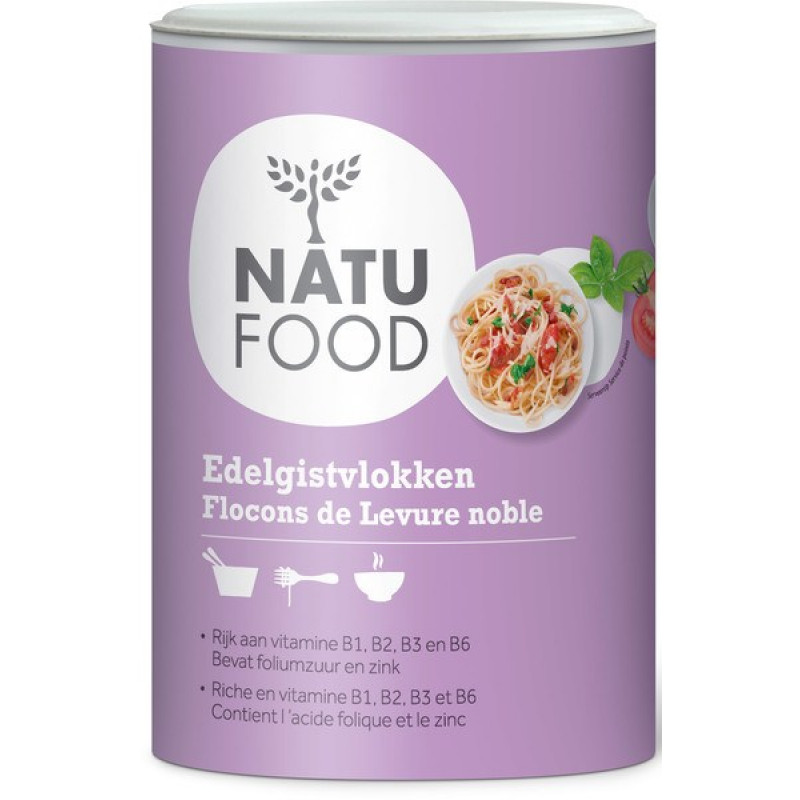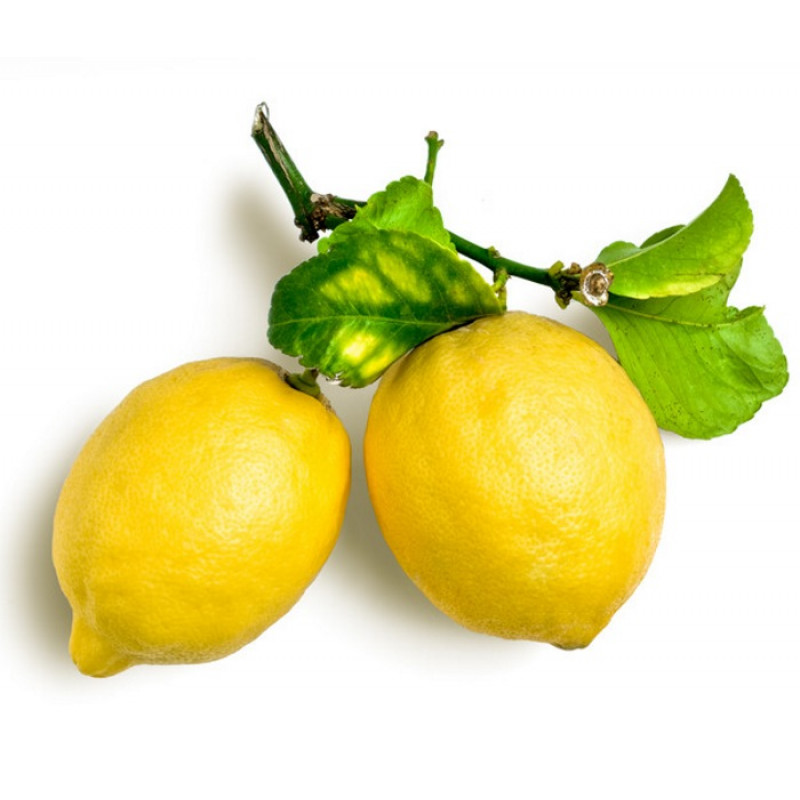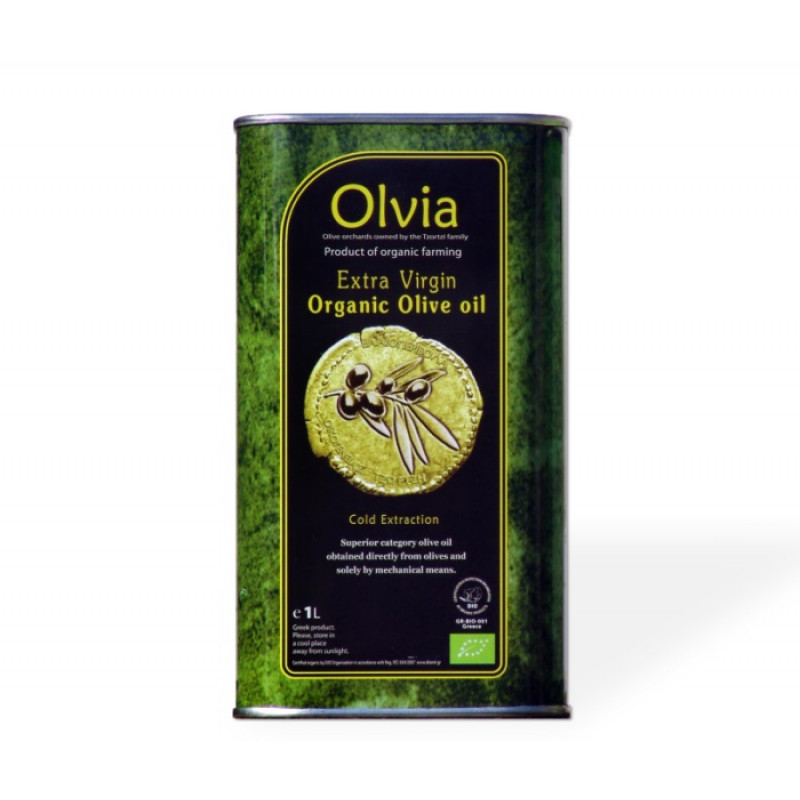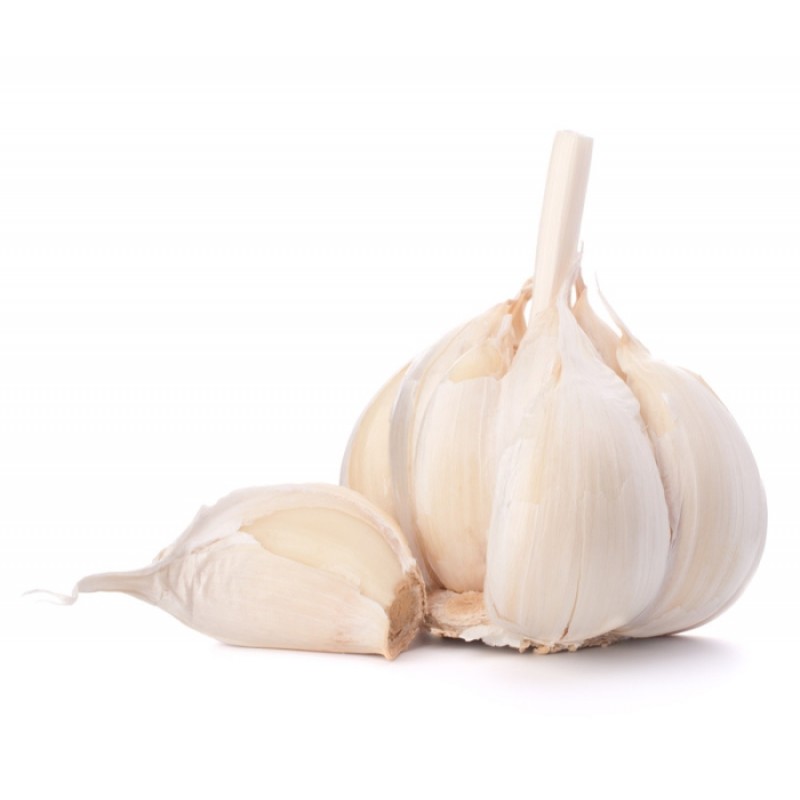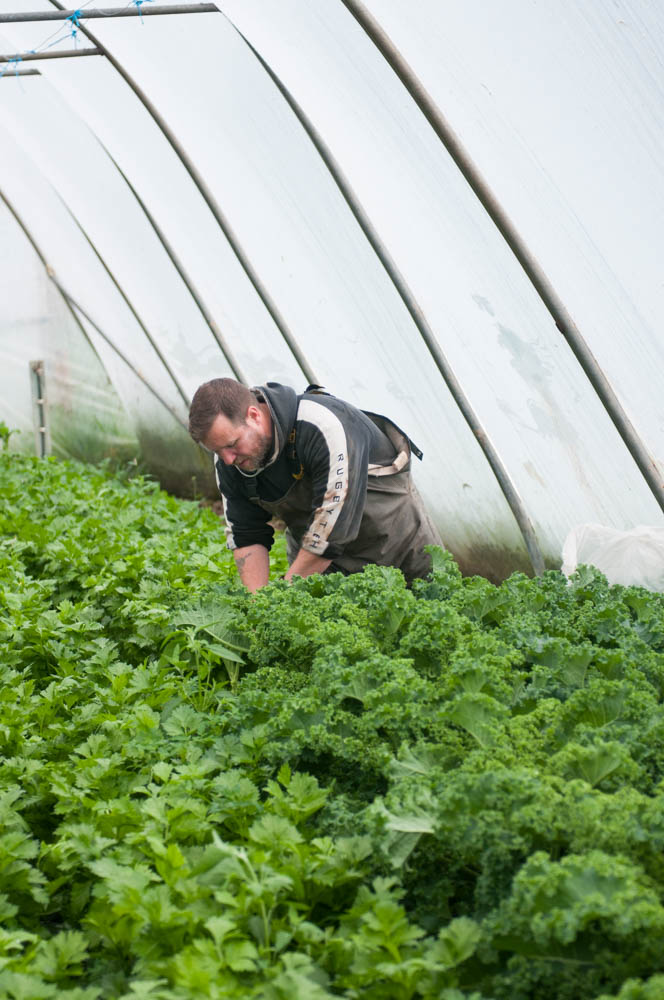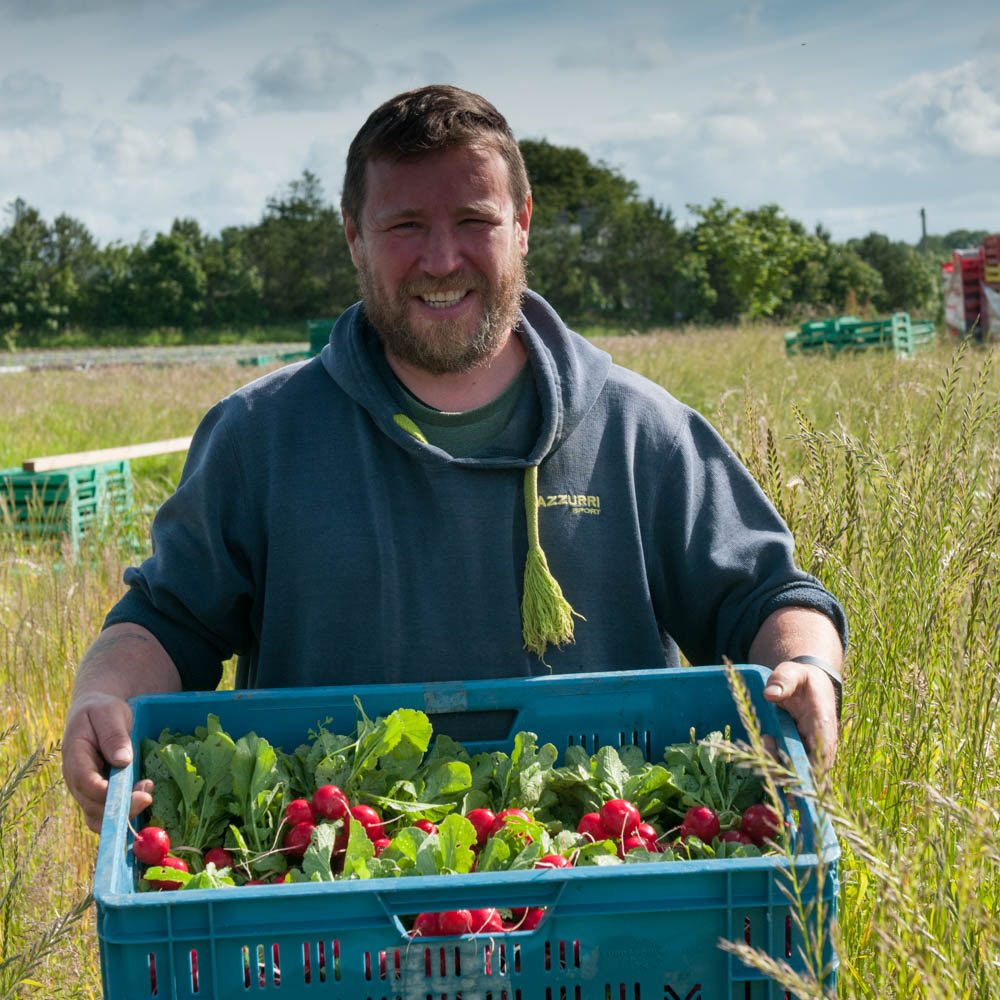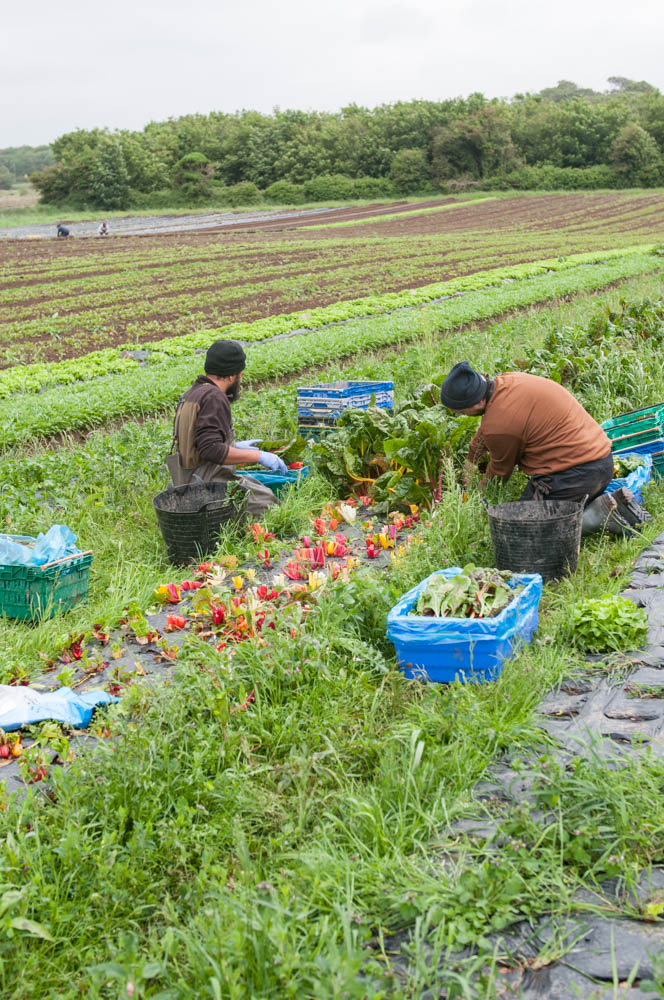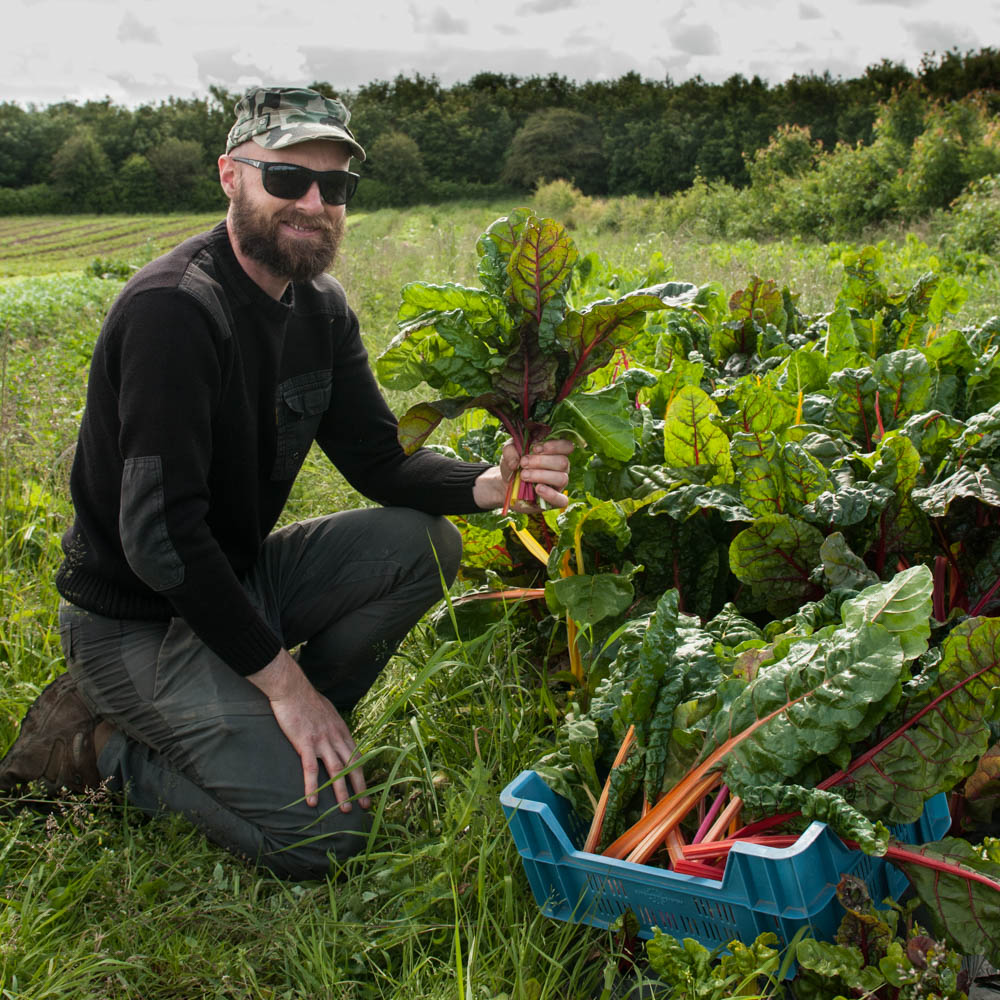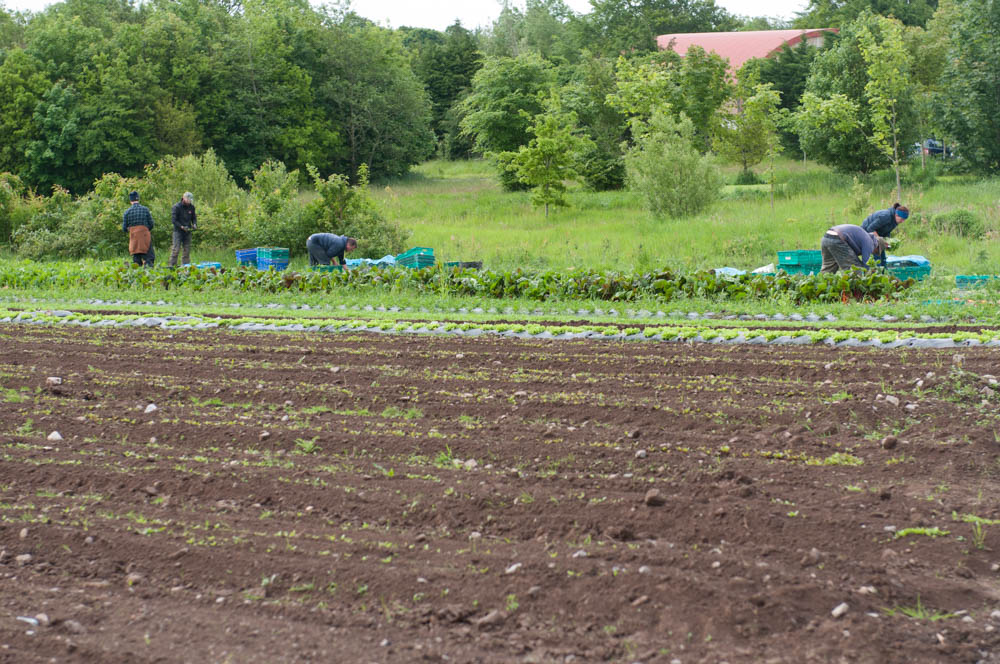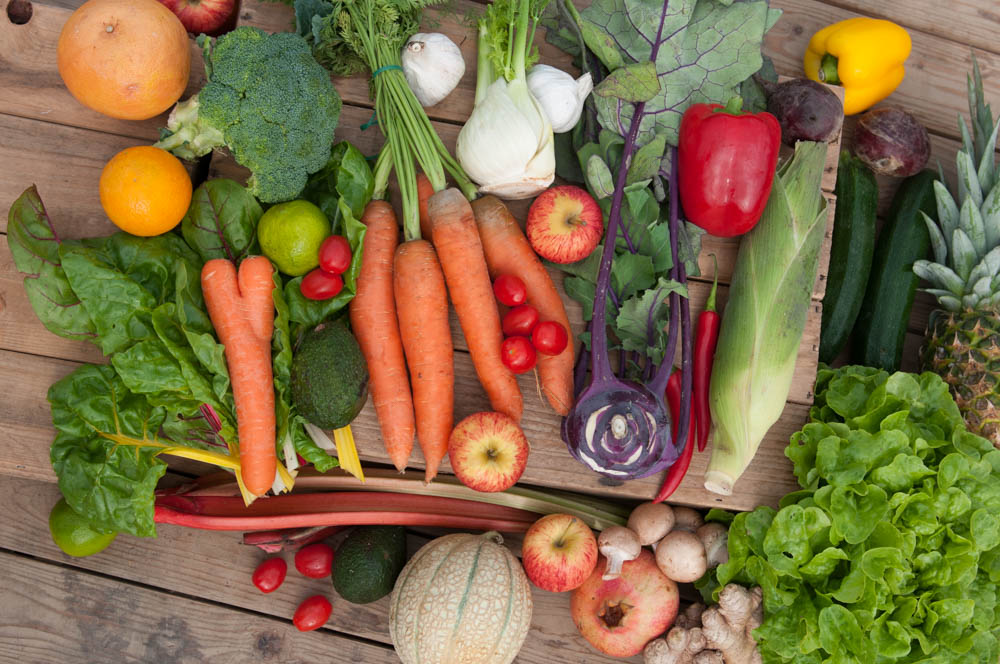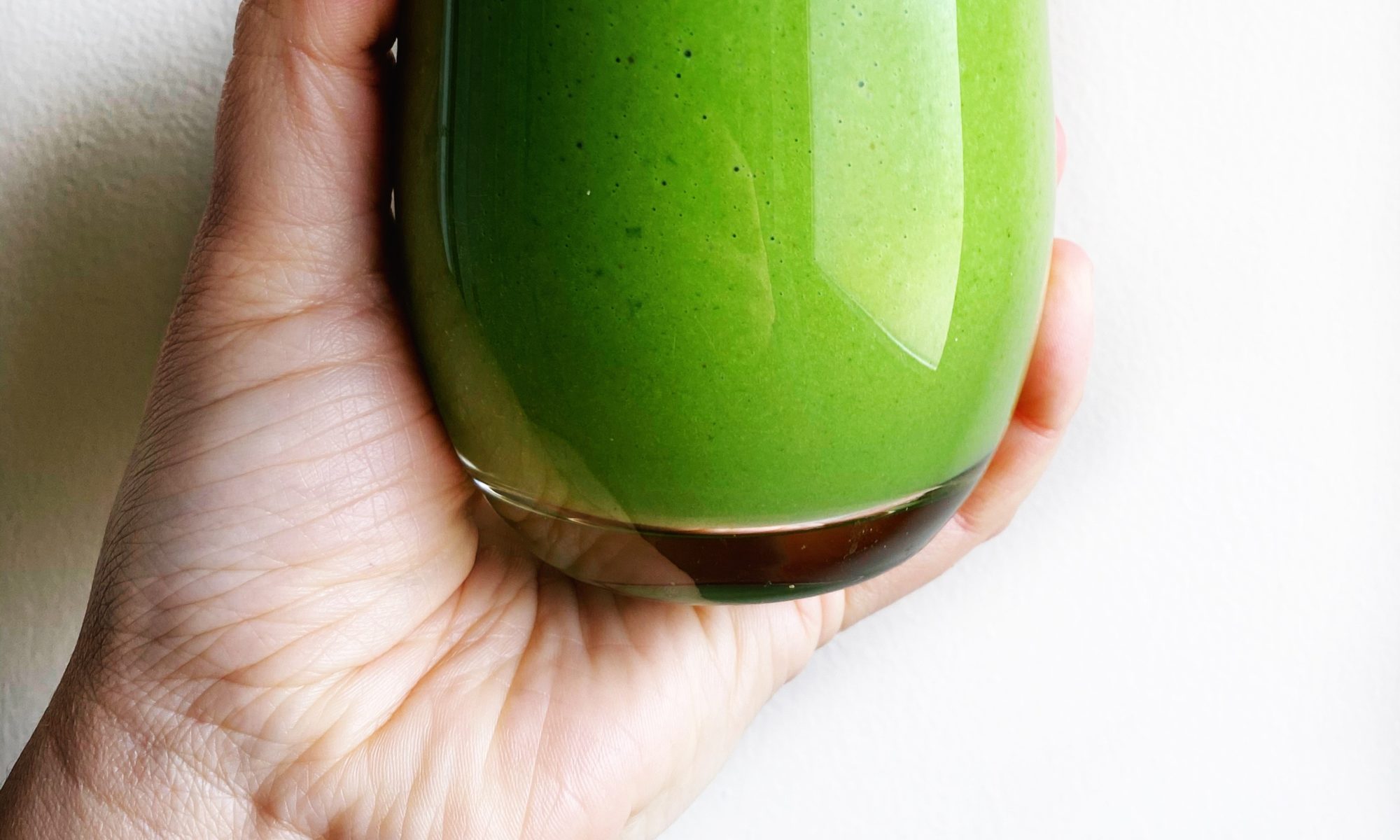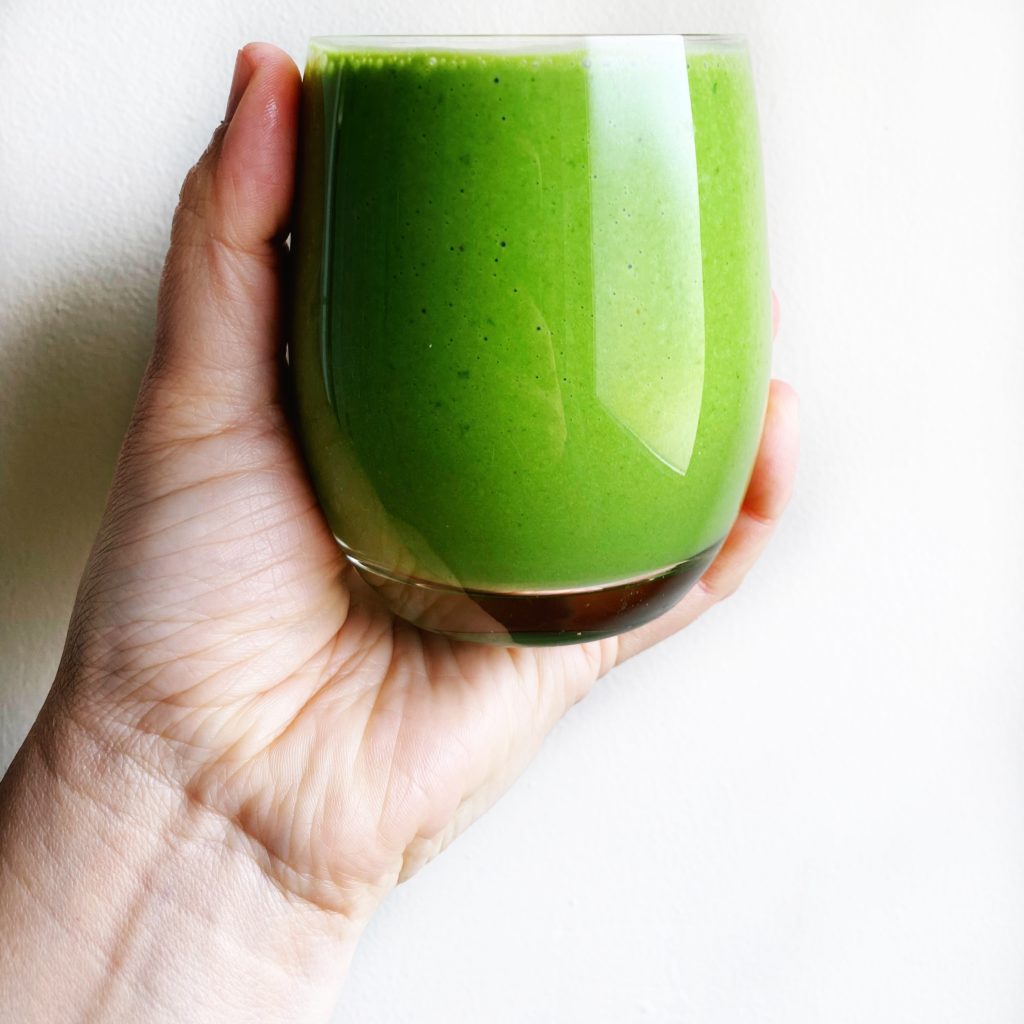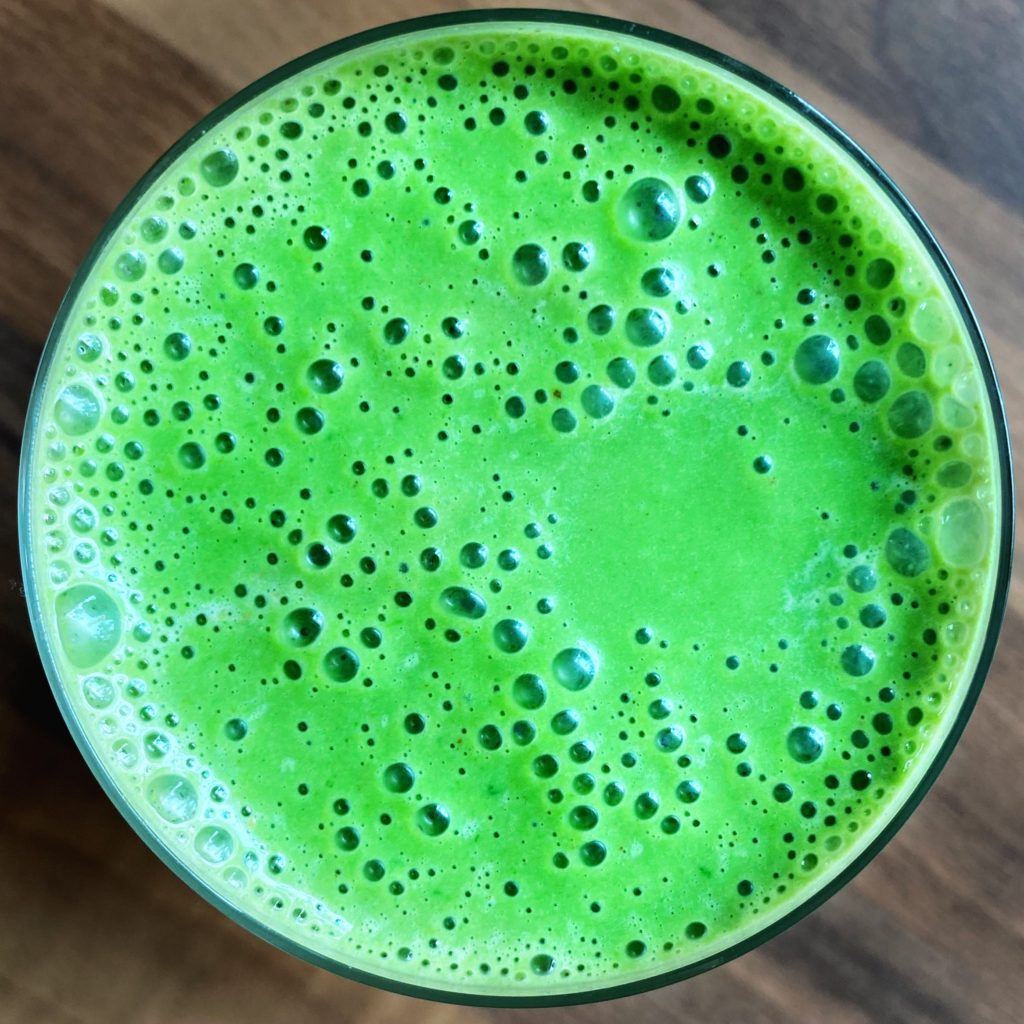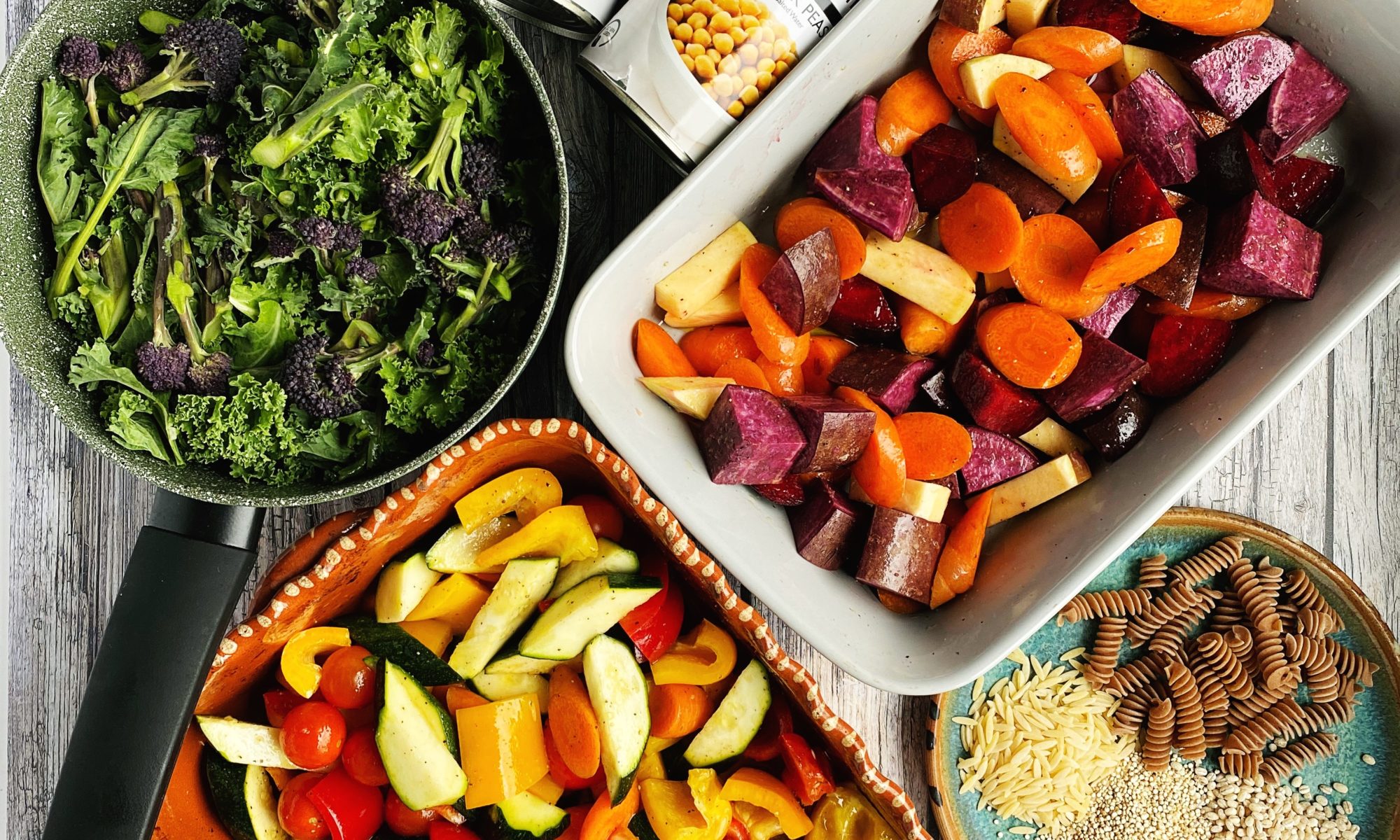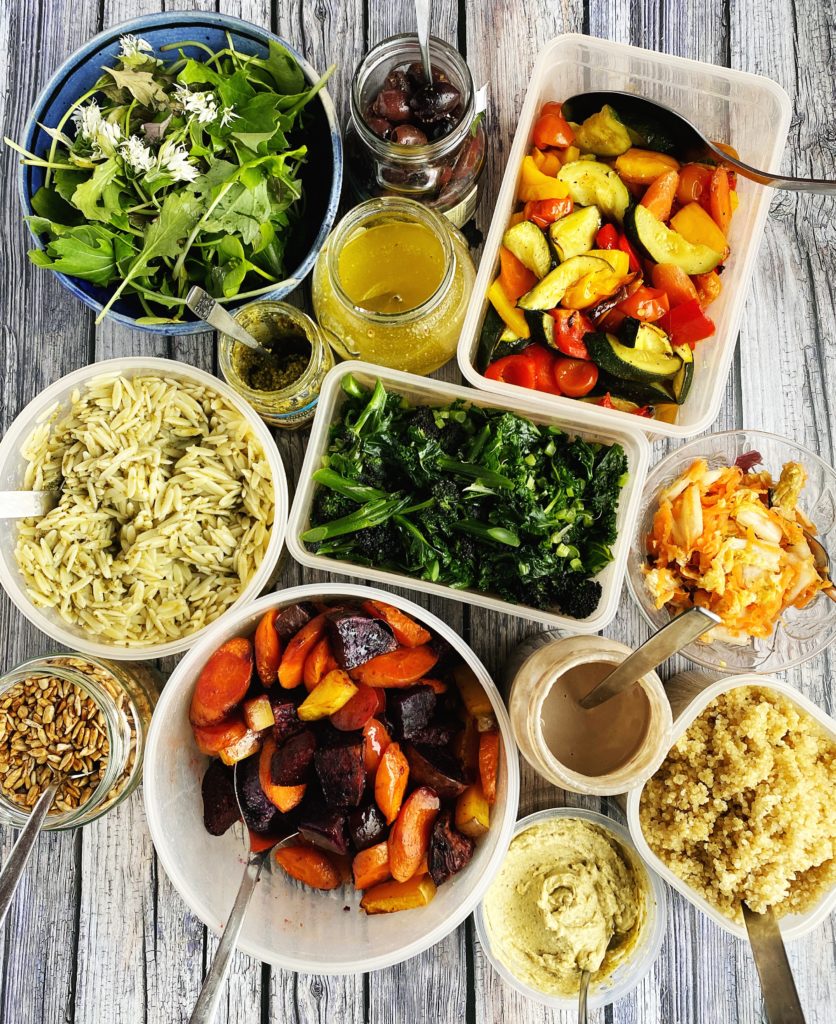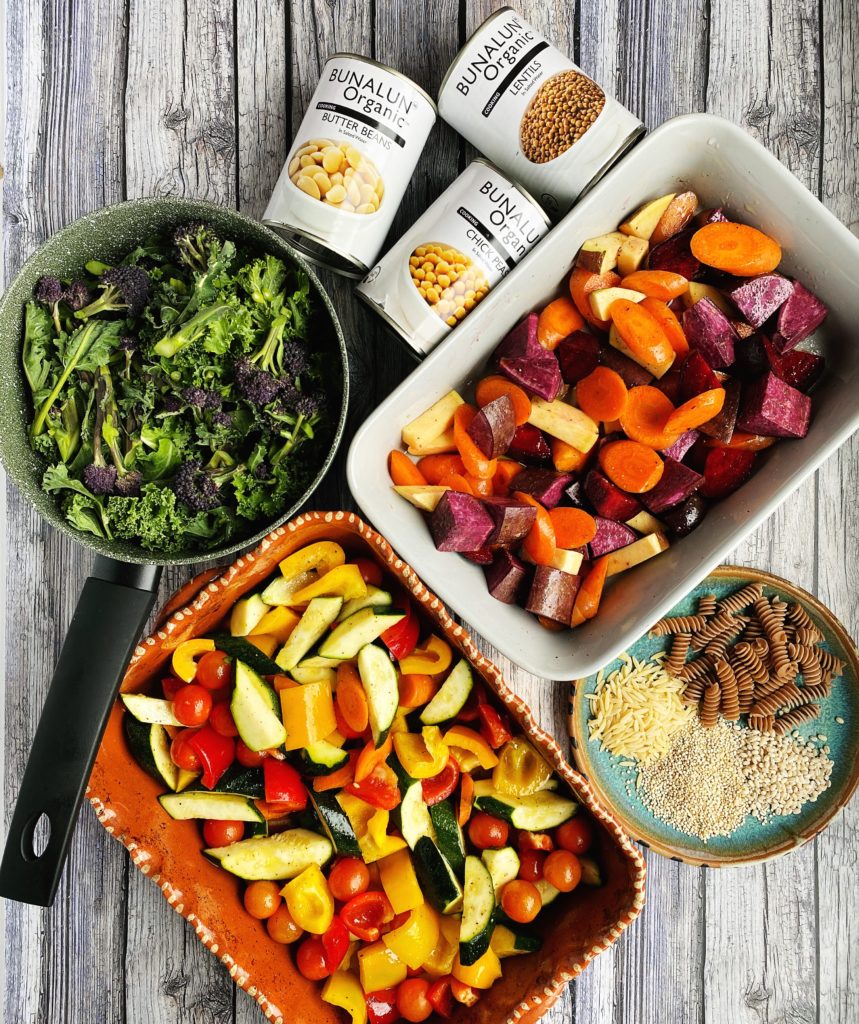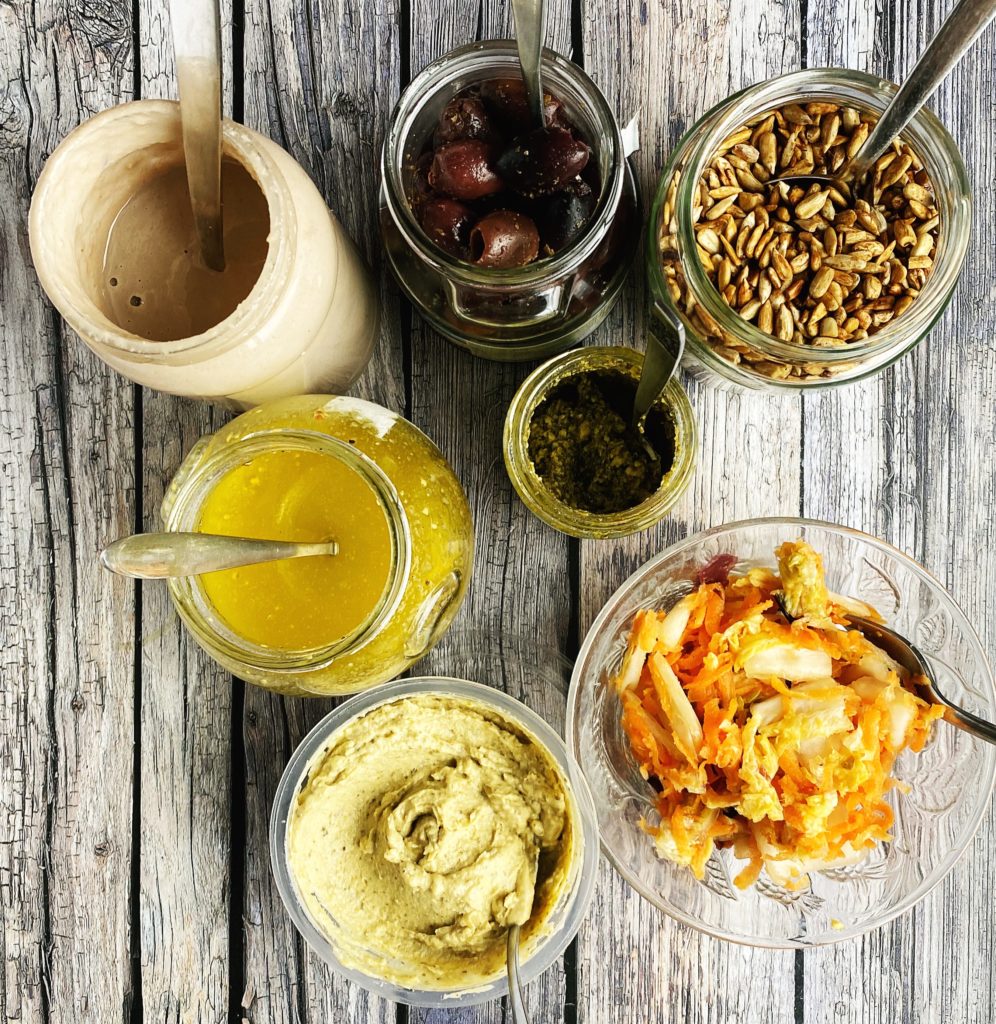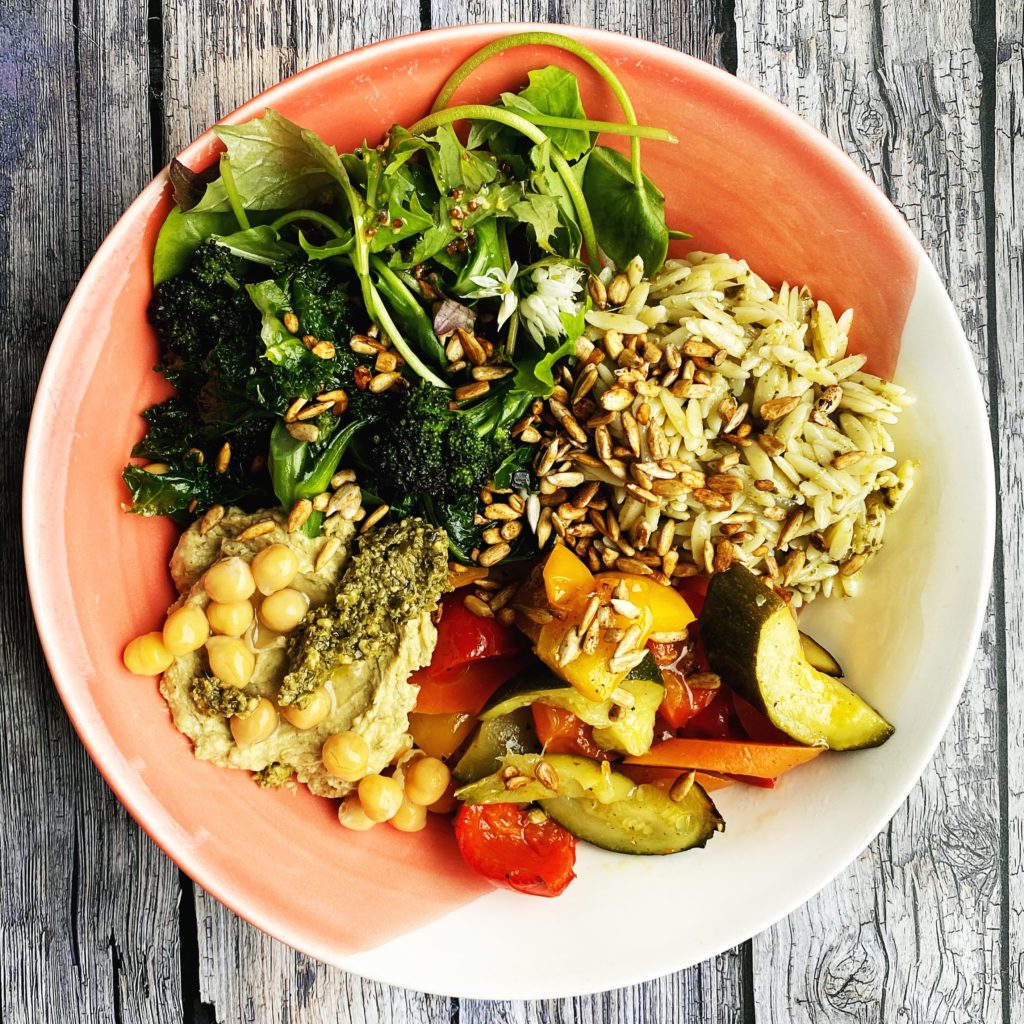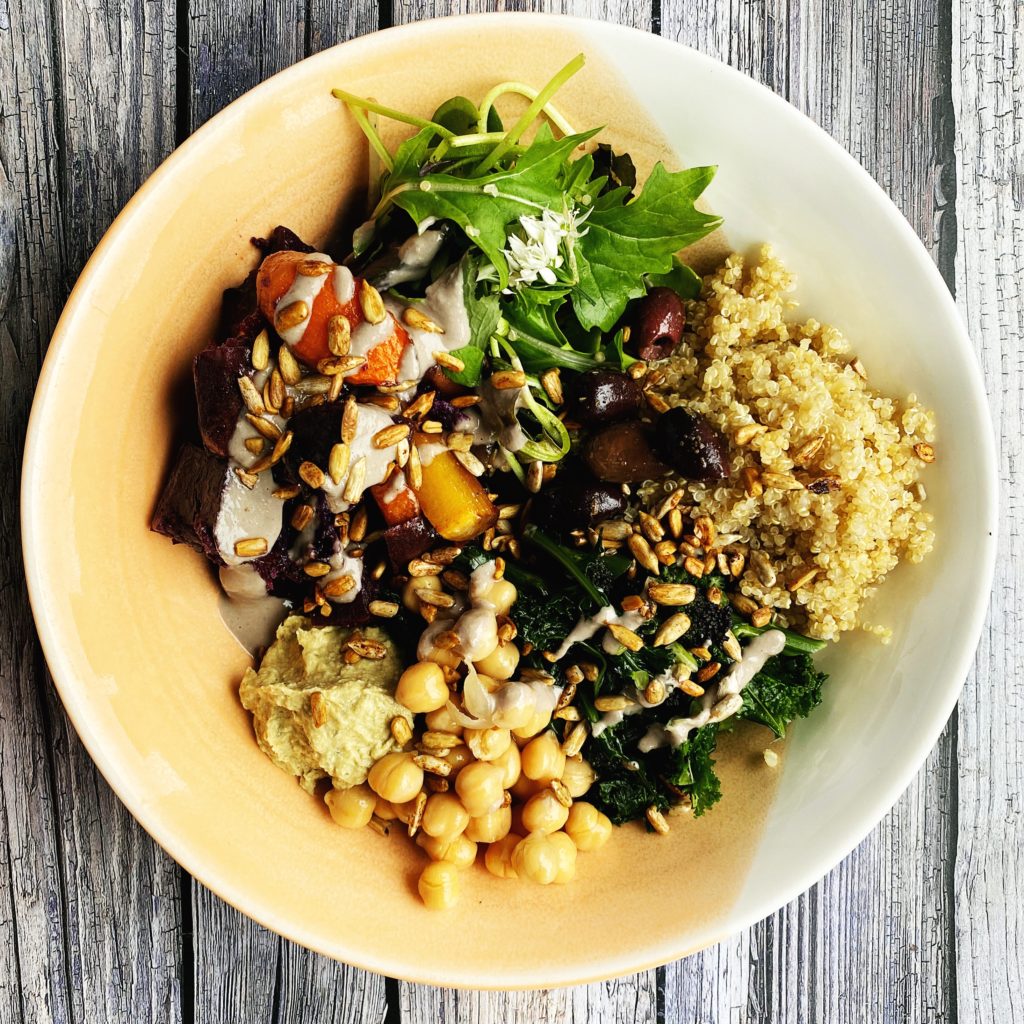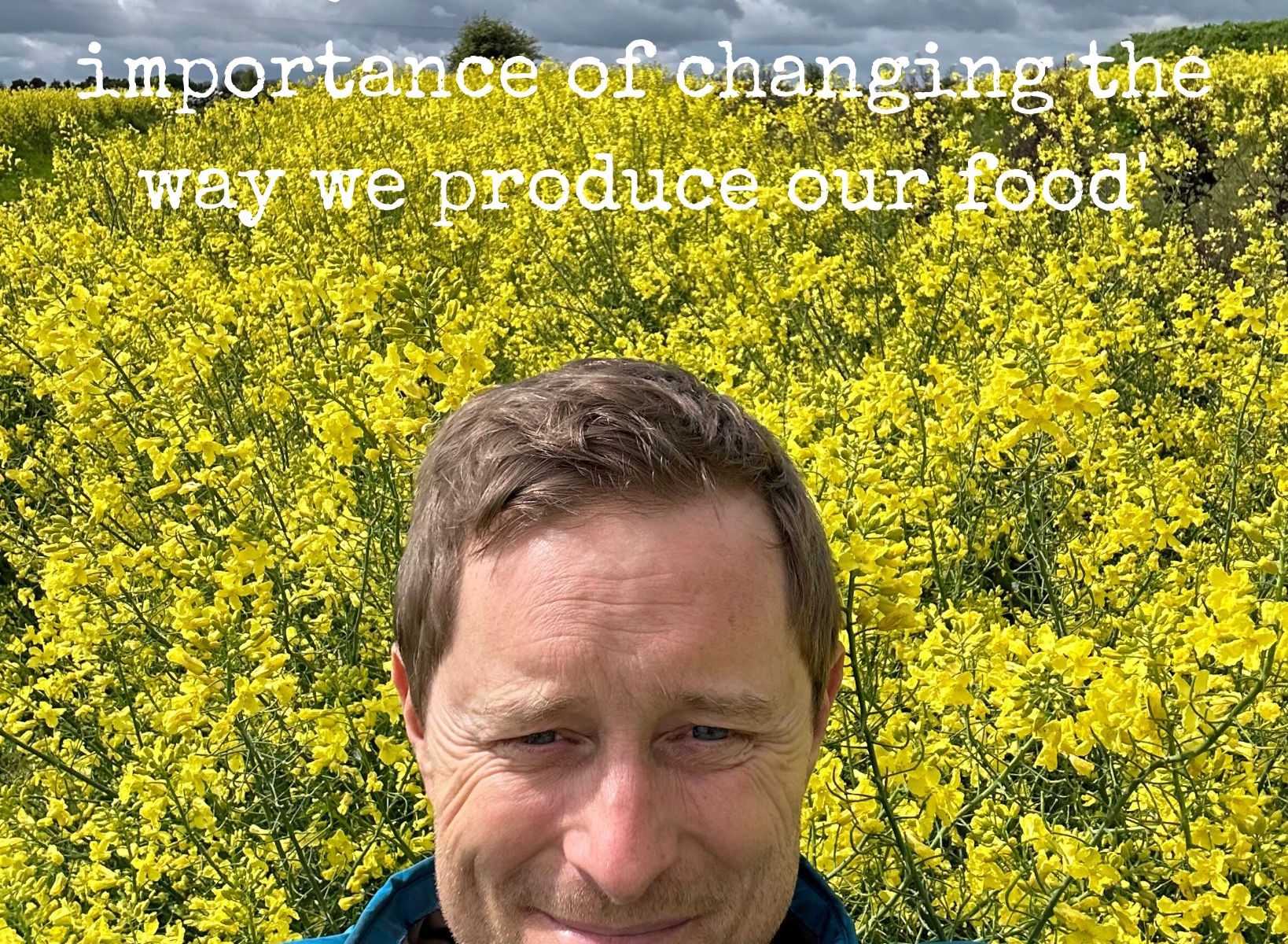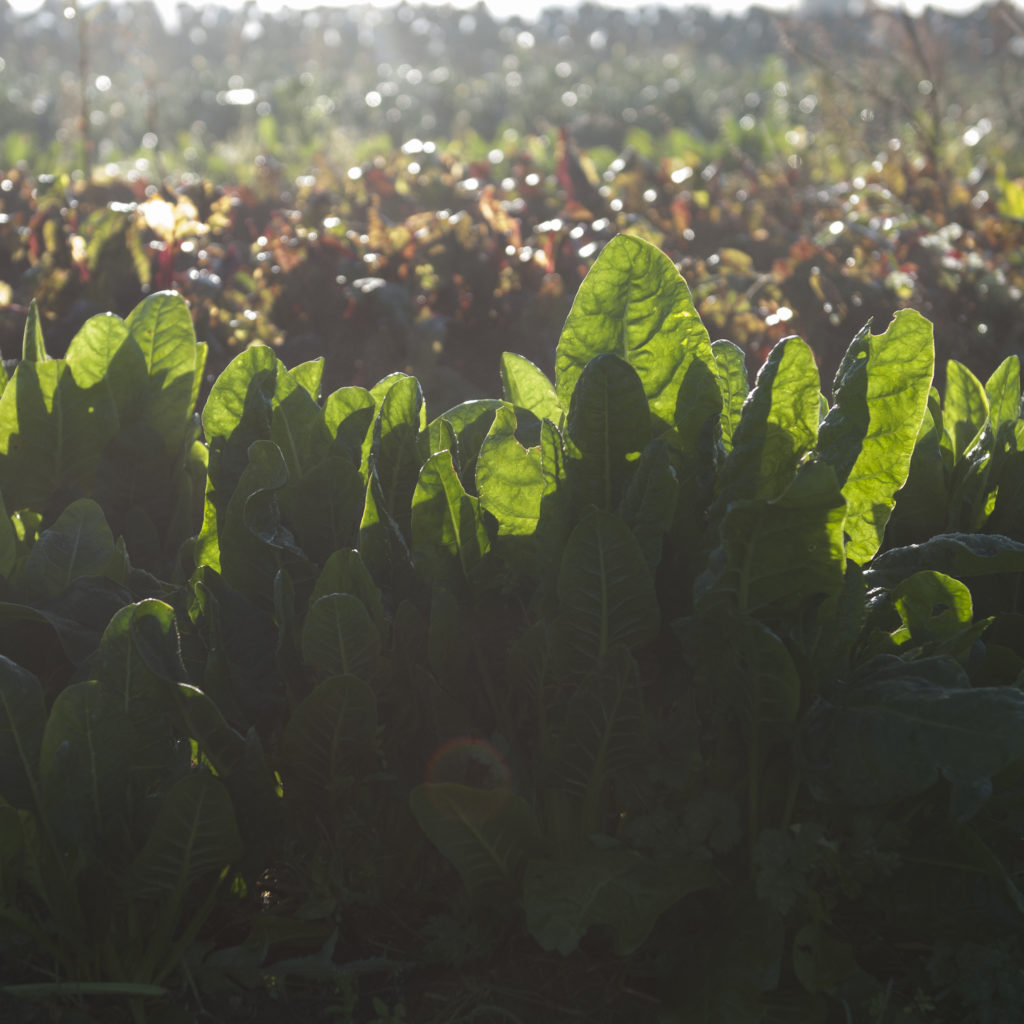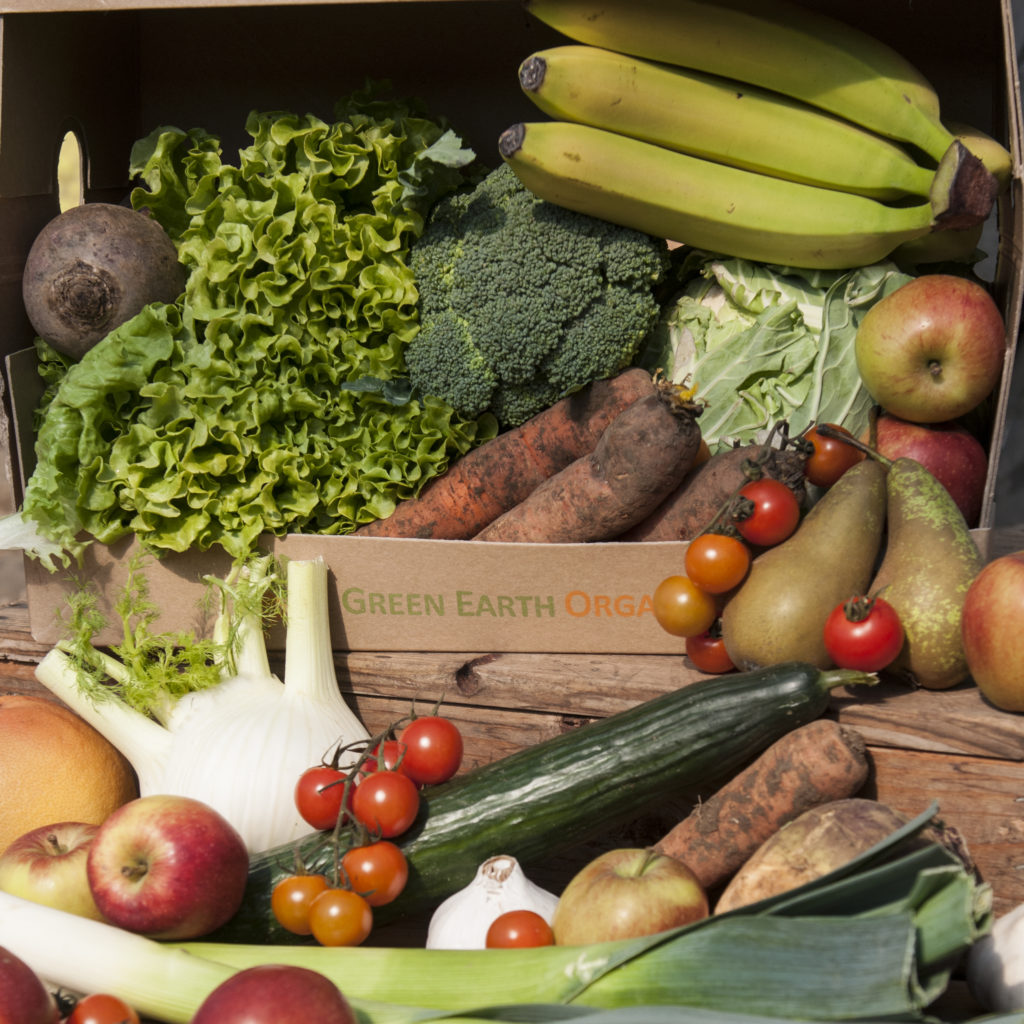Smoothies are such a delicious and efficient way to inject a lot of nutrients into your diet in a quick and easy glass. As a parent, I love giving my kids homemade smoothies, then I know they are getting plenty of top quality, dense nutrients without even realising it. They’re not going to eat a spoon of chia seeds any other way really are they?
Taking care of our heart health is so important at all ages, but is not something we often consider when we are younger. Unfortunately heart disease is the biggest killer in Ireland and although it mainly affects people over 40, it’s important to take care of our hearts from a young age. As well as moving our bodies more and quitting smoking and stress, there is a lot of good food we can include in our diets to boost the health of our hearts. We’ve been curiously reading a lot on the subject recently and found 5 main food groups which boost heart health – leafy greens, whole grains, healthy fats, legumes and antioxidant rich food – and so we have been writing recipes with these groups in mind this week. Here are two smoothies which will really boost your nutrient intake and help you take care of your hearts.
Why not try adding a smoothie to your diet each day to boost your heart health?
Liz x
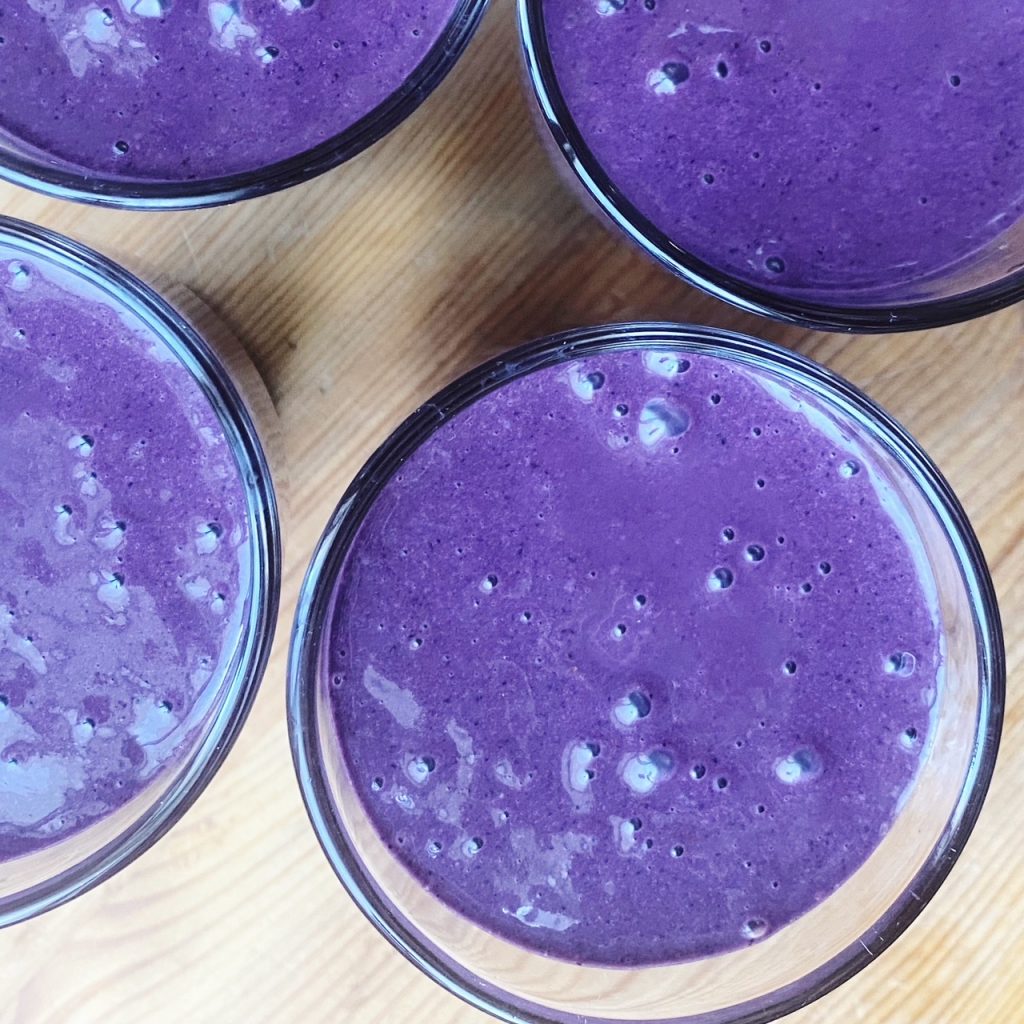
Blueberry Cacao Smoothie (per person)
This smoothie is a stunning deep purple, which is a sure sign you’re getting lots of the antioxidant anthocyanin, but tastes like chocolate milk thanks to the cacao powder (which is packed with flavonoids that have been shown to help lower blood pressure, improve blood flow to the brain and heart, and aid in preventing blood clots). Blend:
- 1/2 a frozen banana (rich in potassium to help lower blood pressure)
- 1 pitted date (for natural sweetness and also fibre, potassium and other minerals)
- 1 handful of frozen blueberries (powerful antioxidants, fibre and vitamins)
- 1 tsp cacao powder (flavonoids)
- 1 tsp chia seeds (rich in fiber, antioxidants, minerals and heart-healthy omega-3 fatty acids)
- 5 hazelnuts (healthy fats, magnesium and fibre)
- 2 tbsp porridge oats (healthy wholegrain which reduces your ‘bad’ cholesterol levels)
- 1/2 glass oat milk (or your choice of milk – or substitute with ice for a colder smoothie)
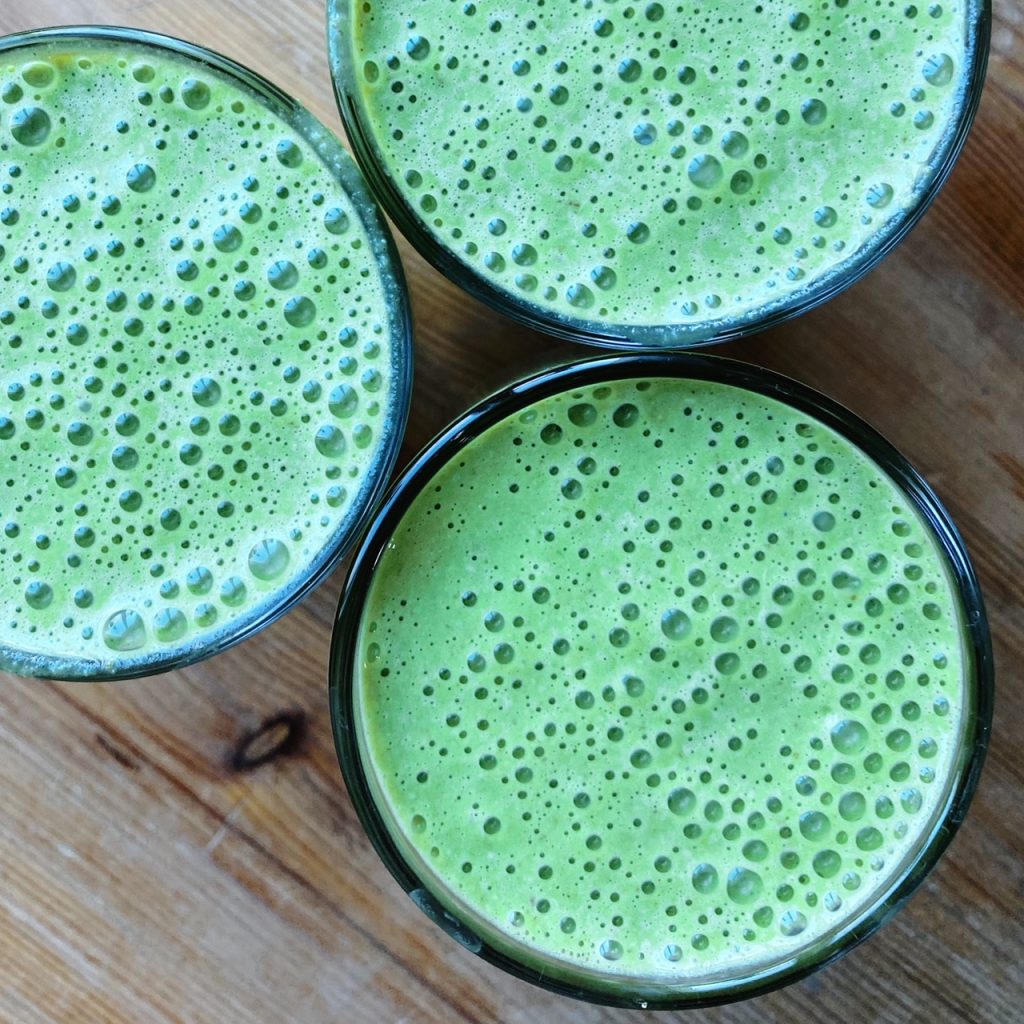
Green Smoothie (per person)
A virtuous green smoothie doesn’t have to taste like pond water. This one is creamy and sweet, full of the amazing benefits of leafy greens and healthy fats. Blend:
- 2 kale leaves (for fibre, nitrates, potassium, vitamin K, magnesium and more)
- 1 pitted date (for natural sweetness and also fibre, potassium and other minerals)
- 1 tsp linseeds (essential omega-3 fatty acids)
- 1 brazil nut or a tbsp tahini (healthy fats, fibre and selenium)
- 1/2 a frozen banana (rich in potassium to help lower blood pressure)
- 2 tbsp porridge oats (healthy wholegrain which reduces your ‘bad’ cholesterol levels)
- 1/2 glass of oat milk (or any milk you like – or ice cubes if you like your smoothie extra cold)

